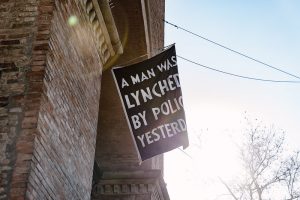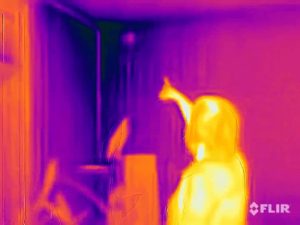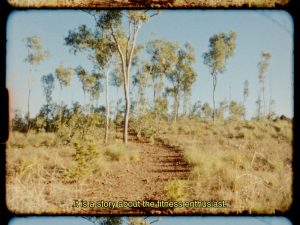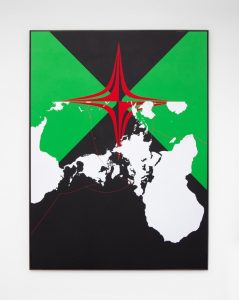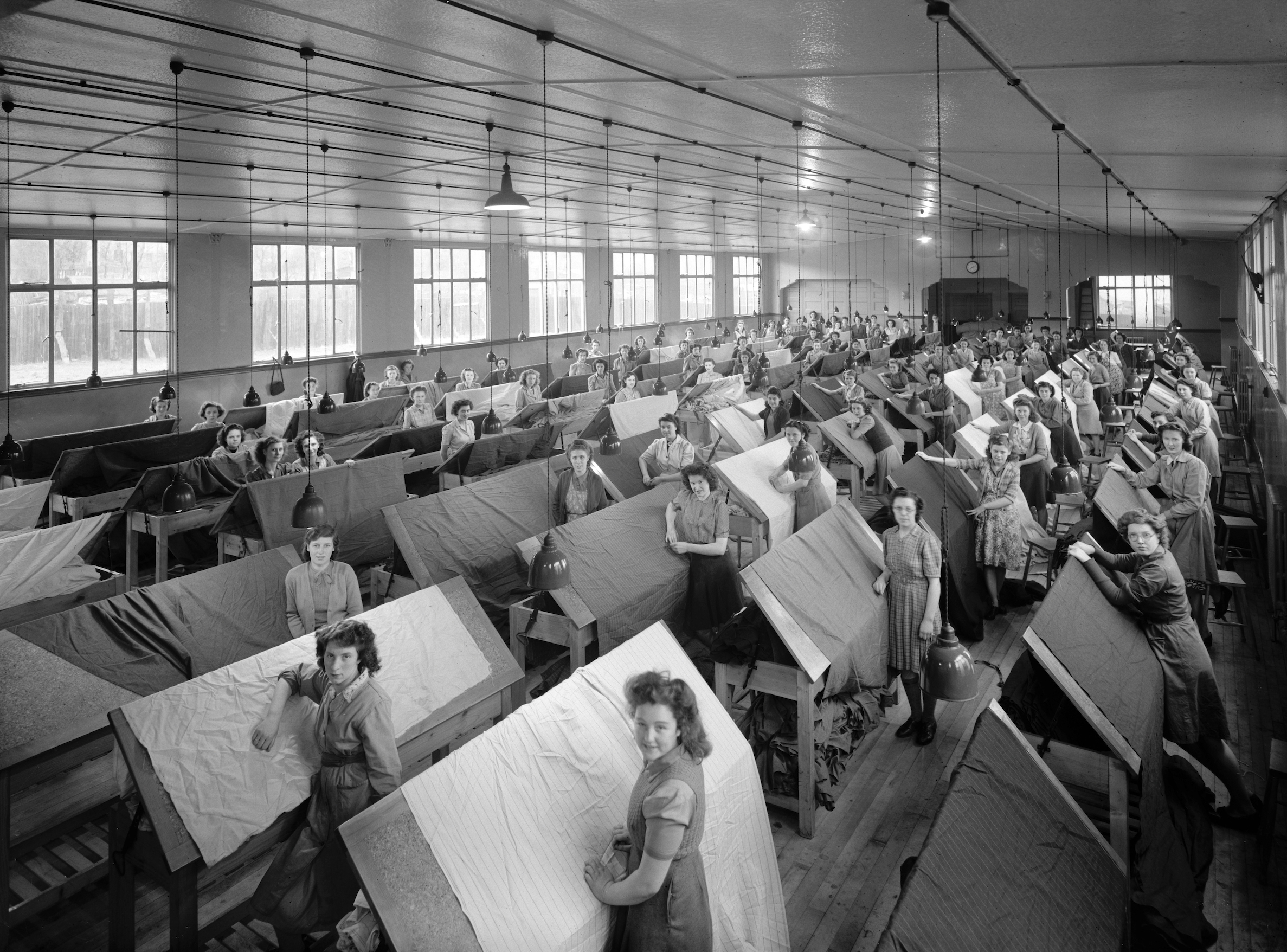
Burlers and menders, Scott Mills, 1948. Courtesy of Museums and Galleries, City of Bradford MDC
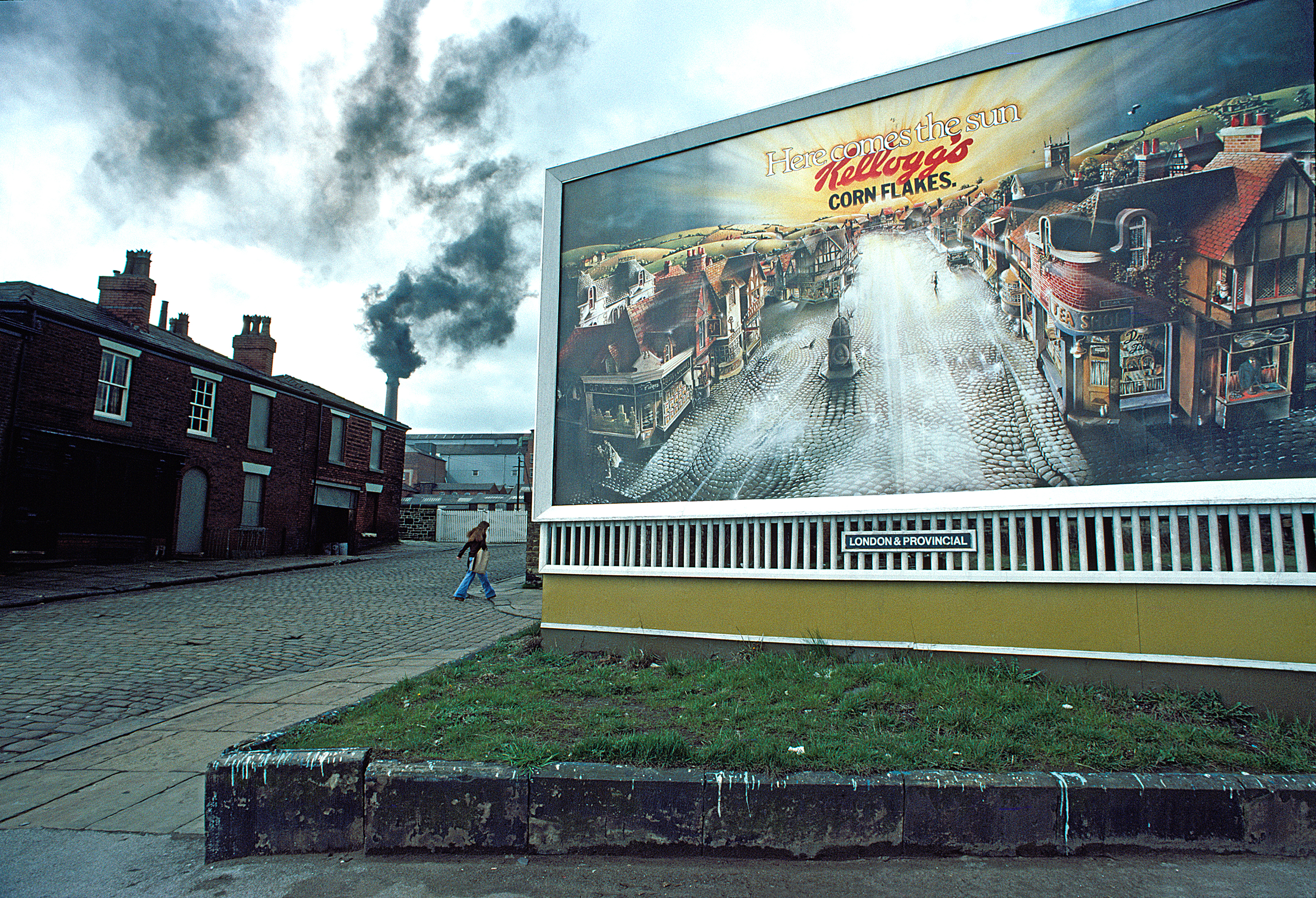
Trafford Park, 1976. Courtesy of John Bulmer
Located in a former hydraulic pumping station in Manchester, the People’s History Museum fulfills the important role of recording the struggles and the lives of ‘ordinary’ people at home, work and leisure in Great Britain over the last 200 years. I’ve visited several of their exhibitions in the past and i’ve never seen anything dull, trivial nor indeed ordinary there. Besides, the PHM motto is probably the best a cultural space could brand itself with: Ideas Worth Fighting For.
The museum recently opened Grafters: Industrial society in image and word, a photo exhibition that explores how industrial workers went from objects in photos, to heroic representations of industry and finally to photographers themselves. From the 1840s, the early moments of photography and of the Industrial Revolution, through to the present day.
And as i was in town for Incidents of Travel in the Multiverse, the AL and AL show at HOME, there was no way i’d let this photo show escape me.
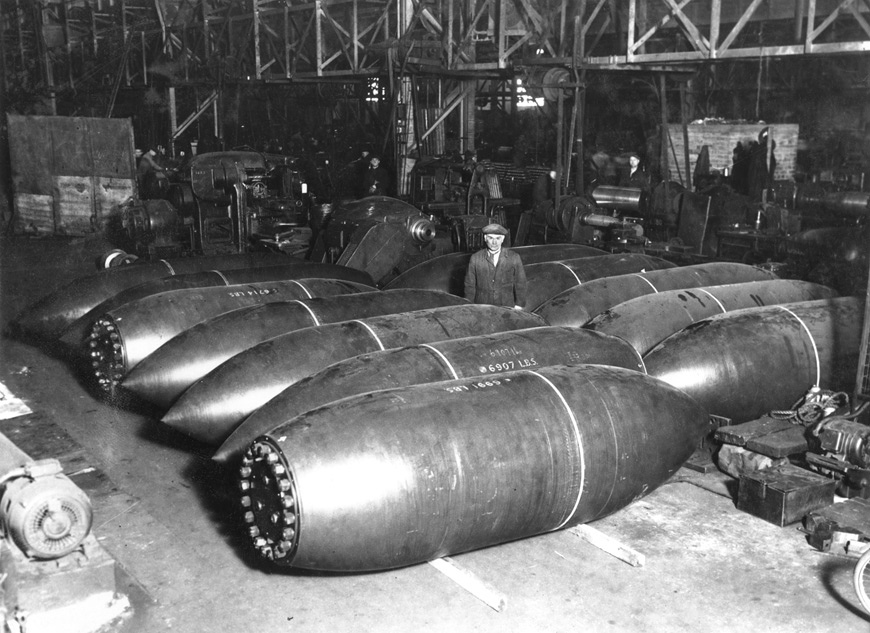
“Grand Slam” Bombs awaiting delivery, 7 January 1945. Photo: Tyne & Wear Archives & Museums
In the early days of the Industrial Revolution, the working class received a rather measly attention. In the 1870s, the anonymous worker would be used as an easily recognizable unit of scale to fully illustrate the size and power of industry and its product.
“You know they’re there but they’re not really recognised”, curator Ian Beesley explained in an interview with Culture 24. “They were seen, to some extent, as disposable. We’ve got these pictures where they get a worker to stand in it so they’re just an anonymous unit of scale. One of the funniest ones we got, from Leeds, had a man next to a casting and just a note on the back saying ‘Fred was the smallest man in the foundry, so was always asked to stand next to new products because he’d make them look bigger.’“
The other place where you could find photos of the workers at the time were in the mugshots made by the police to record people guilty of ‘larceny’. The practice followed Victorian theories that the shape of the head or hands of an individual reflected their criminal tendencies. This propensity to ignore the workers is an eloquent metaphor for the value that the elite of the 19th and early 20th century placed on the life of the ones they employed.
Over time, however, camera and photo processes became cheaper. The industrial workers started getting their own camera to document their lives and communities, providing thus an insider perspective on working class life.
That’s exactly what happened for Ian Beesley, the curator of the show. Beesley is now a leading documentary photographer but he used to work in factories. When he left school, the young man worked in a mill, hated it, found some work in a foundry, liked it very much but was made redundant because he was ‘too weak’ (his own words!) After that, he was employed in a textile manufacturing company, a furnace foundry and then ended up working on one of the last industrial steam railways in England.
While still working in industry, the artist felt there was a huge gap between the reality of the industrial north he was experiencing and the almost hygienic, PR-like images produced to portray it. He became interested in photography and started portraying his work colleagues and the factory life.
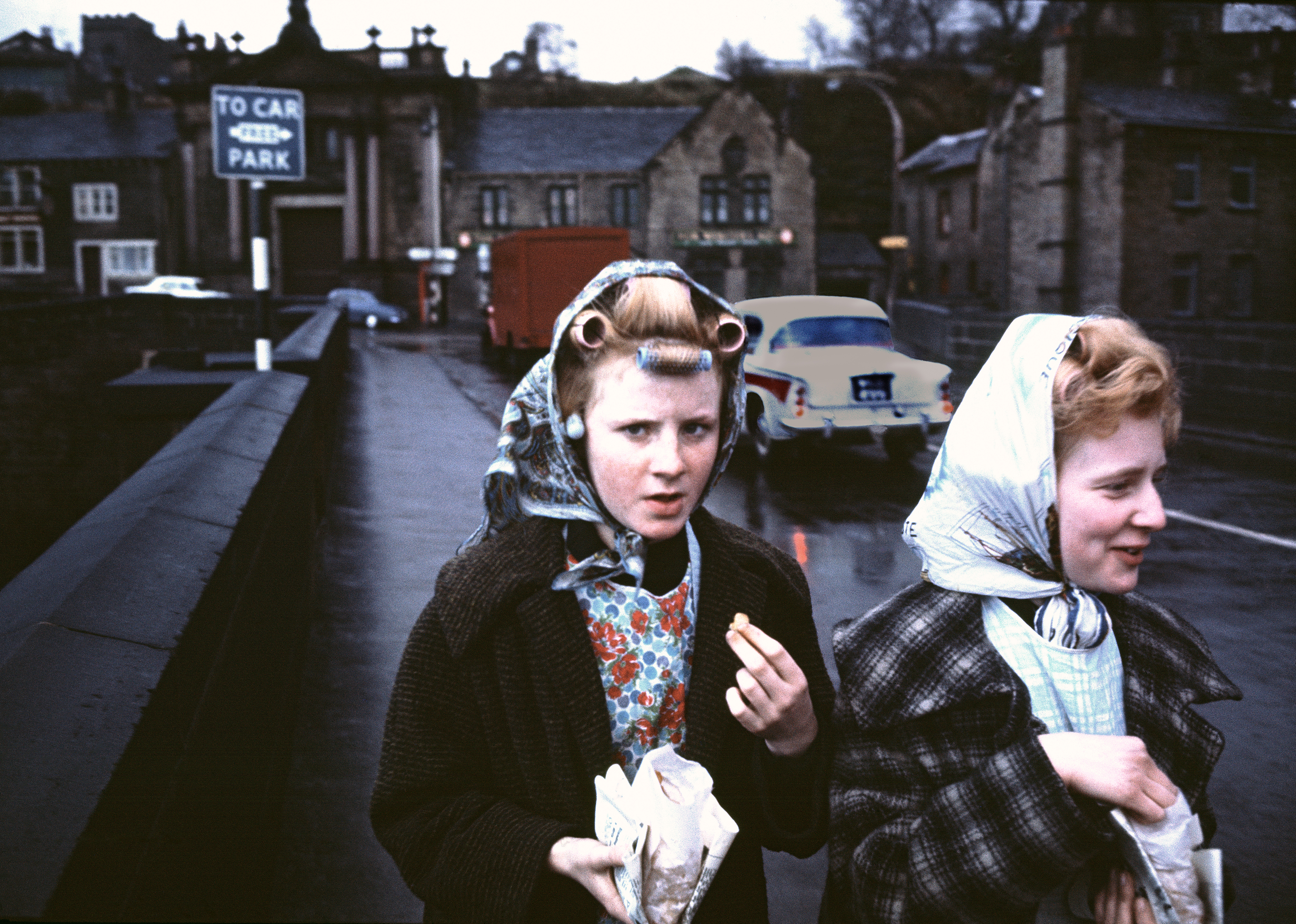
Mill girls, 1960. Courtesy of John Bulmer
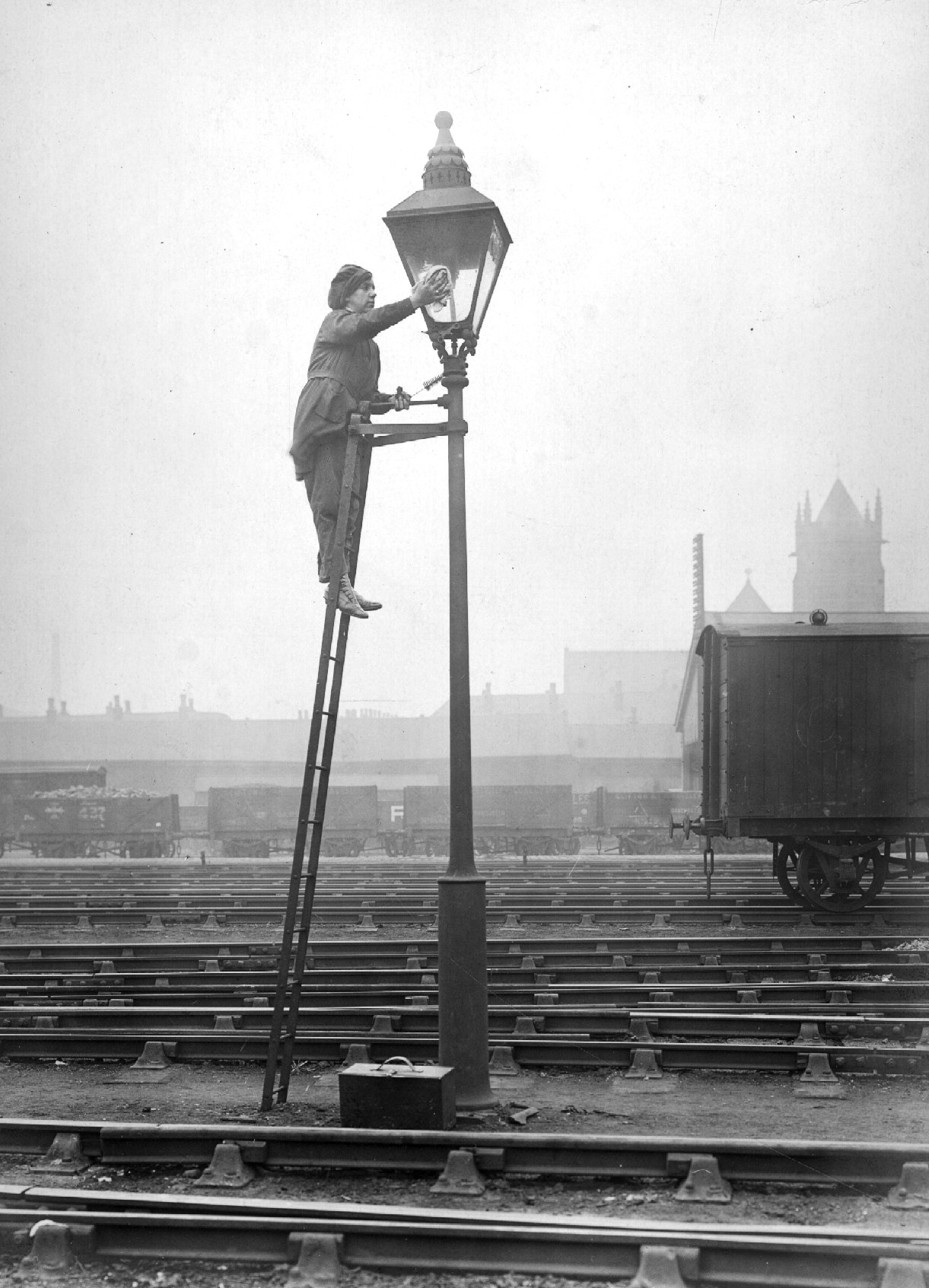
Cleaner, Lancashire and Yorkshire Railway Company, 1914-1918. Courtesy of Manchester Libraries, Information and Archives, Manchester City Council
Grafters is a brilliant little show. Don’t miss it if you’re in or near Manchester this Spring. I enjoyed the exhibition because i’m particularly interested in the Industrial Revolution, in working class culture and in photography. But what makes the show remarkable is the way the museum, the curator and the poet Ian McMillan joined force to source some little known images and gave back some presence and dignity to individuals who, at the time some of these images were taken, had strong arms and strong legs but no names.
Images from the show:
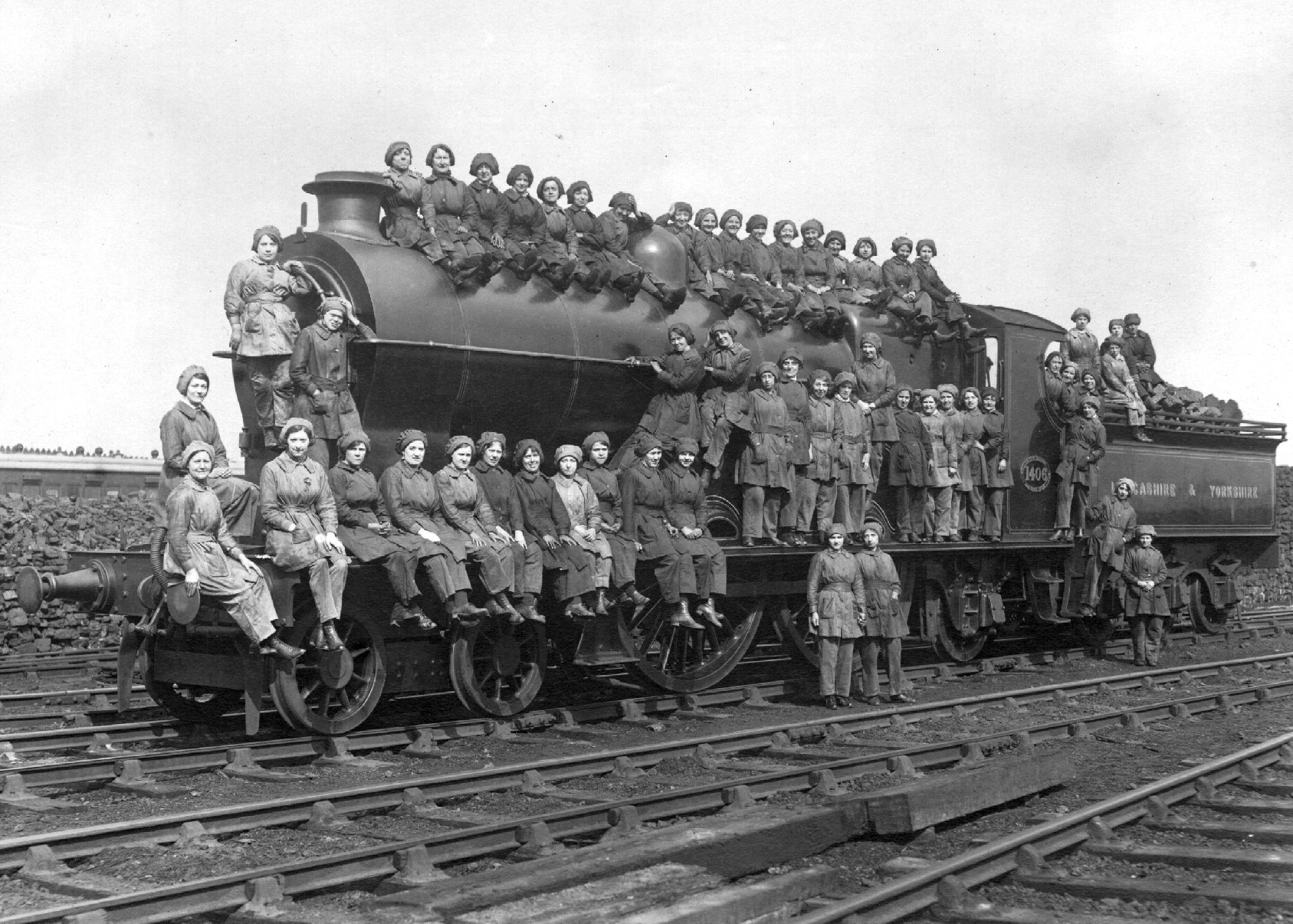
Cleaners, Lancashire and Yorkshire Railway Company, 1917. Courtesy of Manchester Libraries, Information and Archives, Manchester City Council
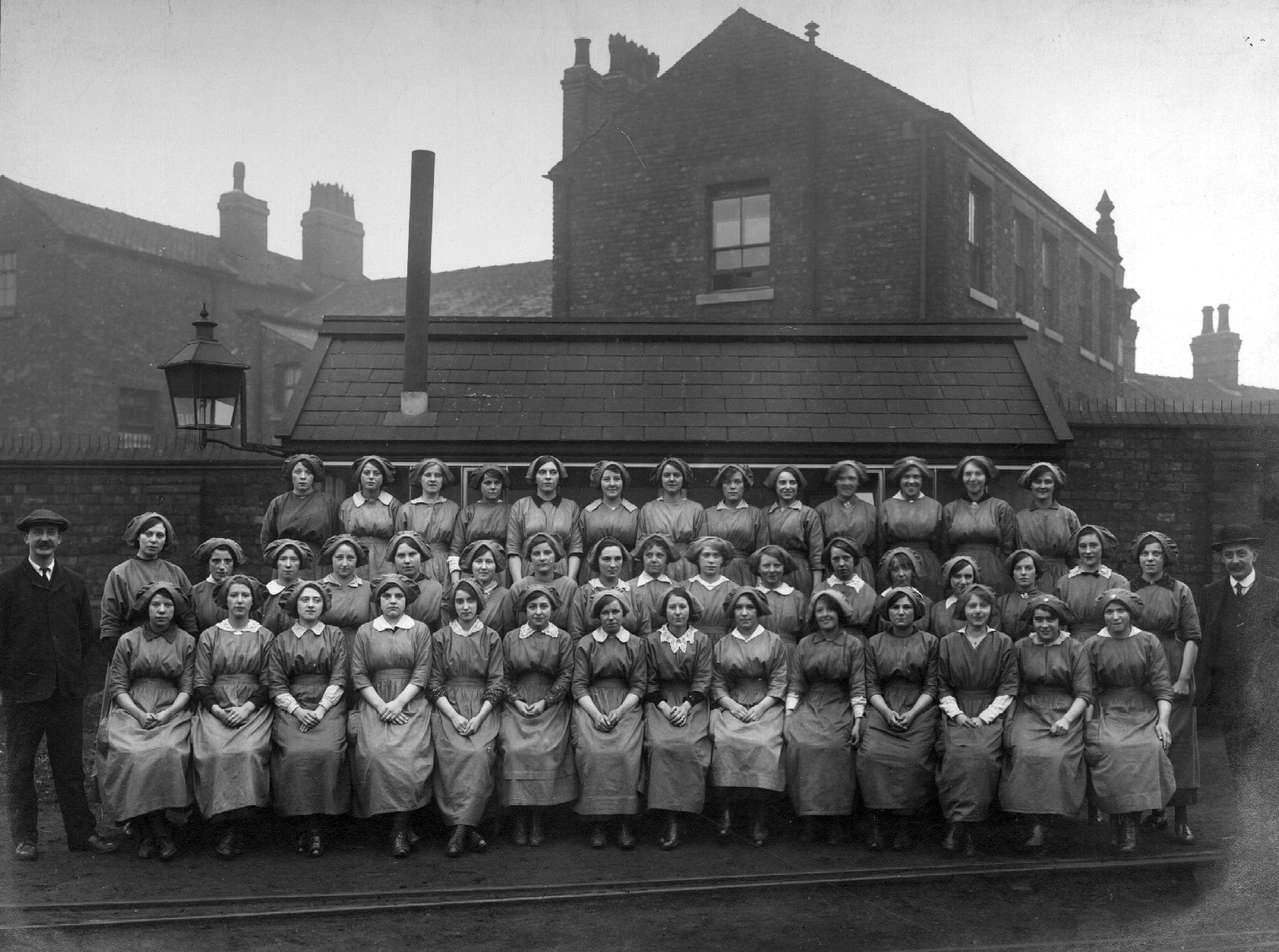
Uniformed workers, London and North Western Railway Company, 1914-1918. Courtesy of Manchester Libraries, Information and Archives, Manchester City Council
Around the time of WWI, the group photograph of the workforce became more sophisticated, with photographers starting to create compositions that involved time, organisation and persuasion.
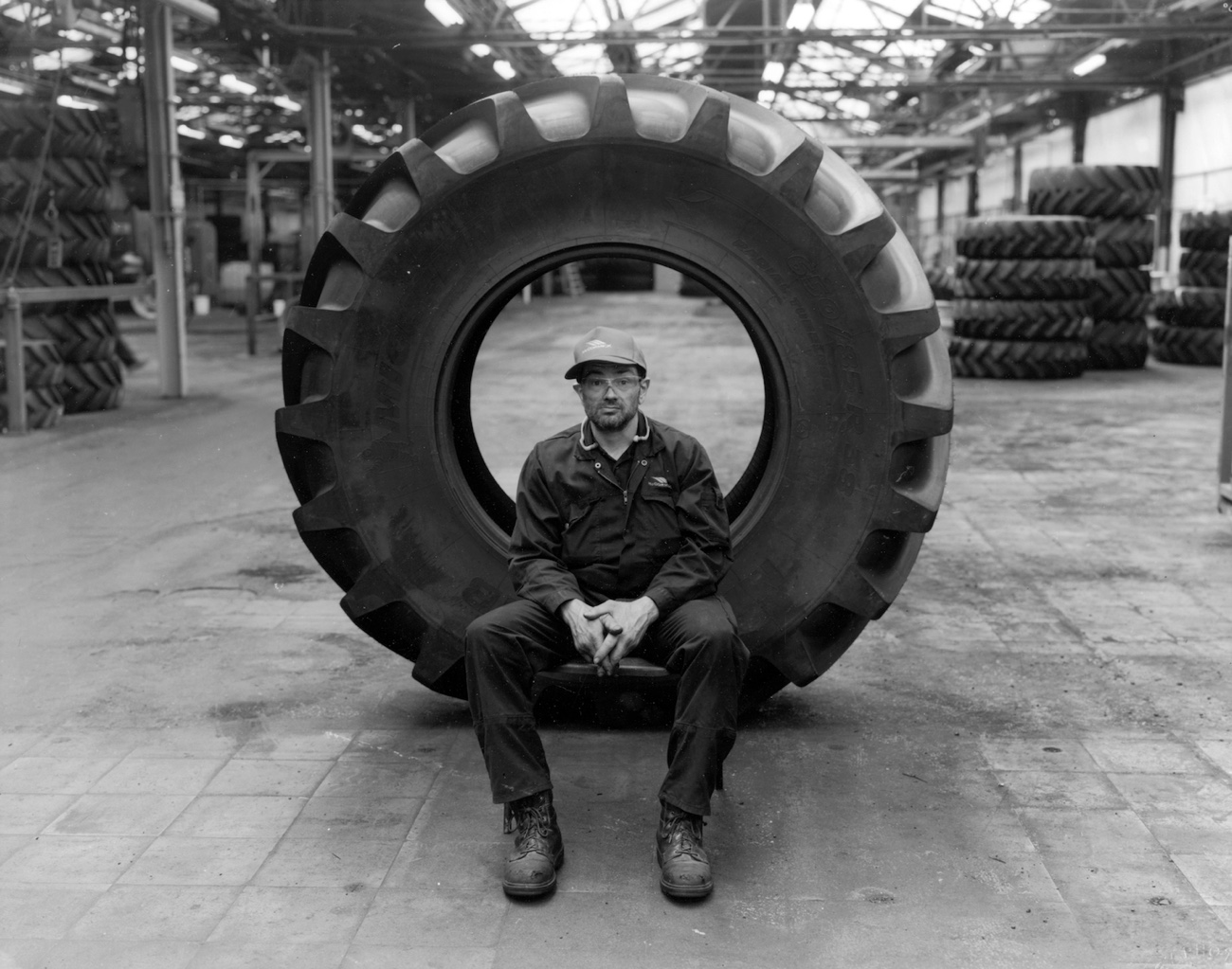
Redundant tyre fitter McCormick’s Tractors, 2008. Courtesy of Ian Beesley
During the closure of the McCormick’s factory in Doncaster, Ian Beesley asked the workers to tell him how they would like to be portrayed. The tyre fitter said: “I would like to be photographed in the tyre bay, in the middle of one of the biggest tyres, as this was the centre of my working life. I would like to be sat down, because that’s what I will be doing now I have been made redundant. Can you keep me in focus, but the background slightly out of focus as, that will represent my memory, all this will slowly go out of focus in my memory.”
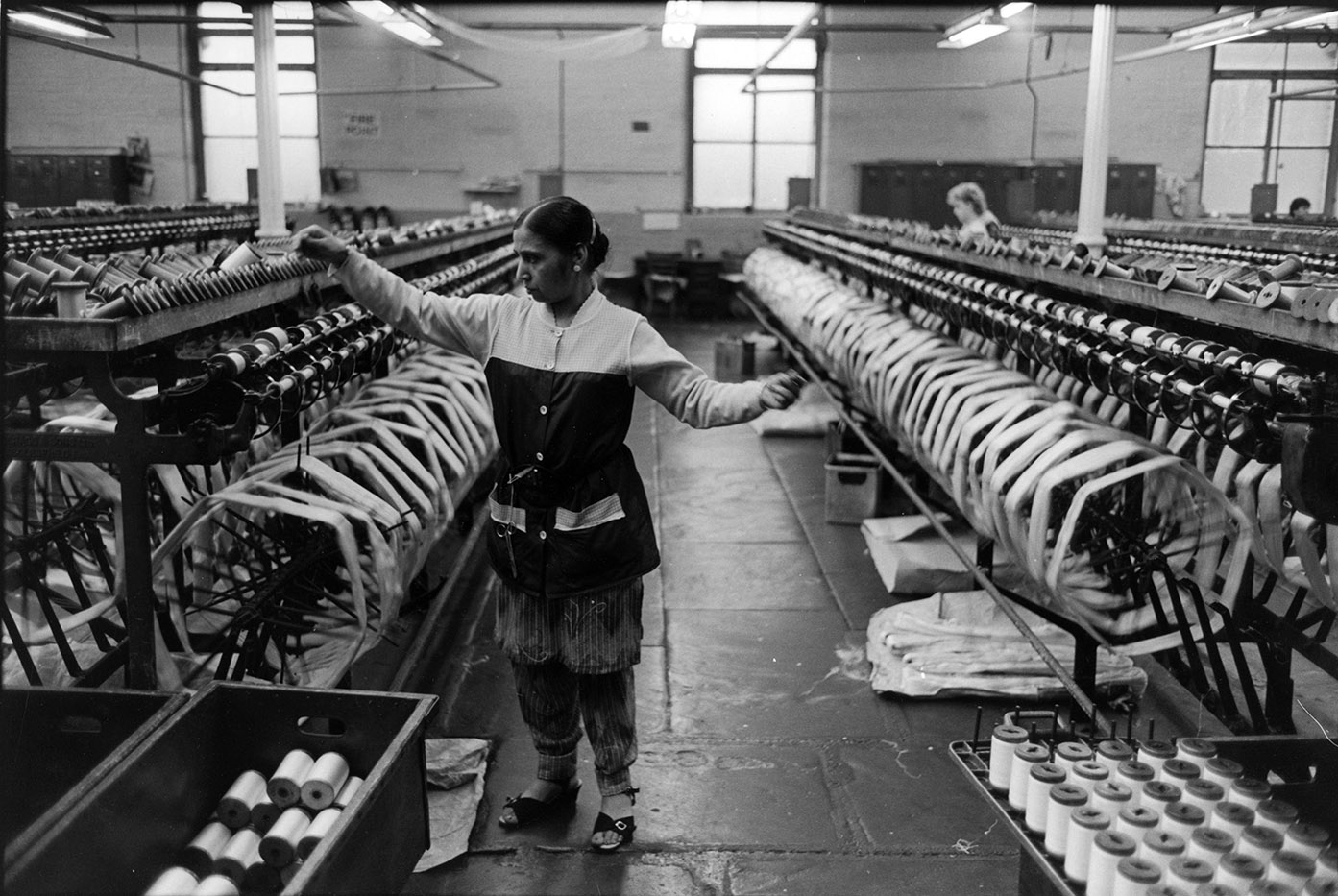
Ian Beesley, Spinner, Listers Mill, Bradford, 1984. From the series Through the Mill
Photos of newly arrived Asian and Caribbean workers at work are rare. It seems that some photographers were reluctant to visually record this development in Britain’s manufacturing sector.
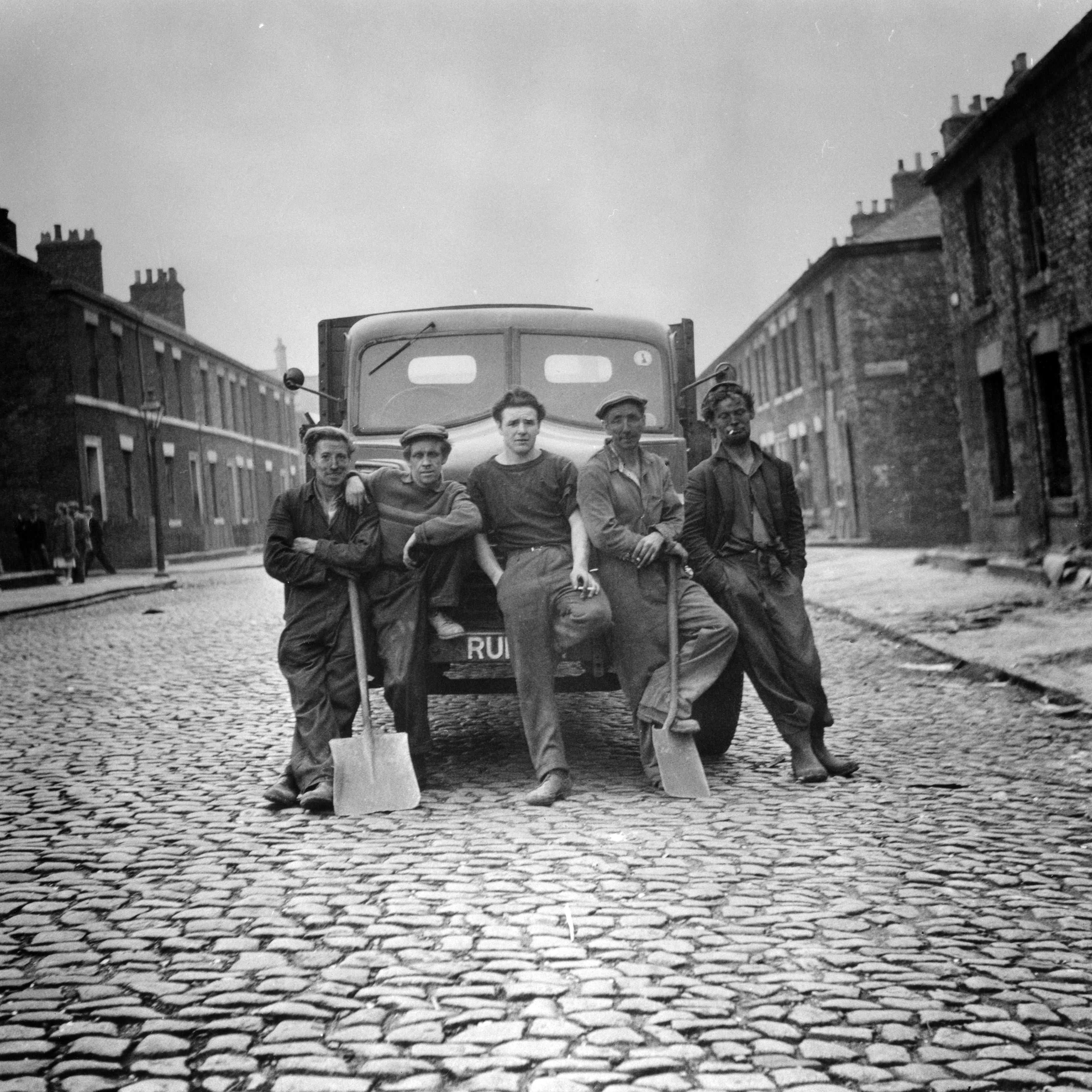
Demolition men, Newcastle. Jimmy Forsyth, 1956. Courtesy of Tyne and Wear Archives and Museums
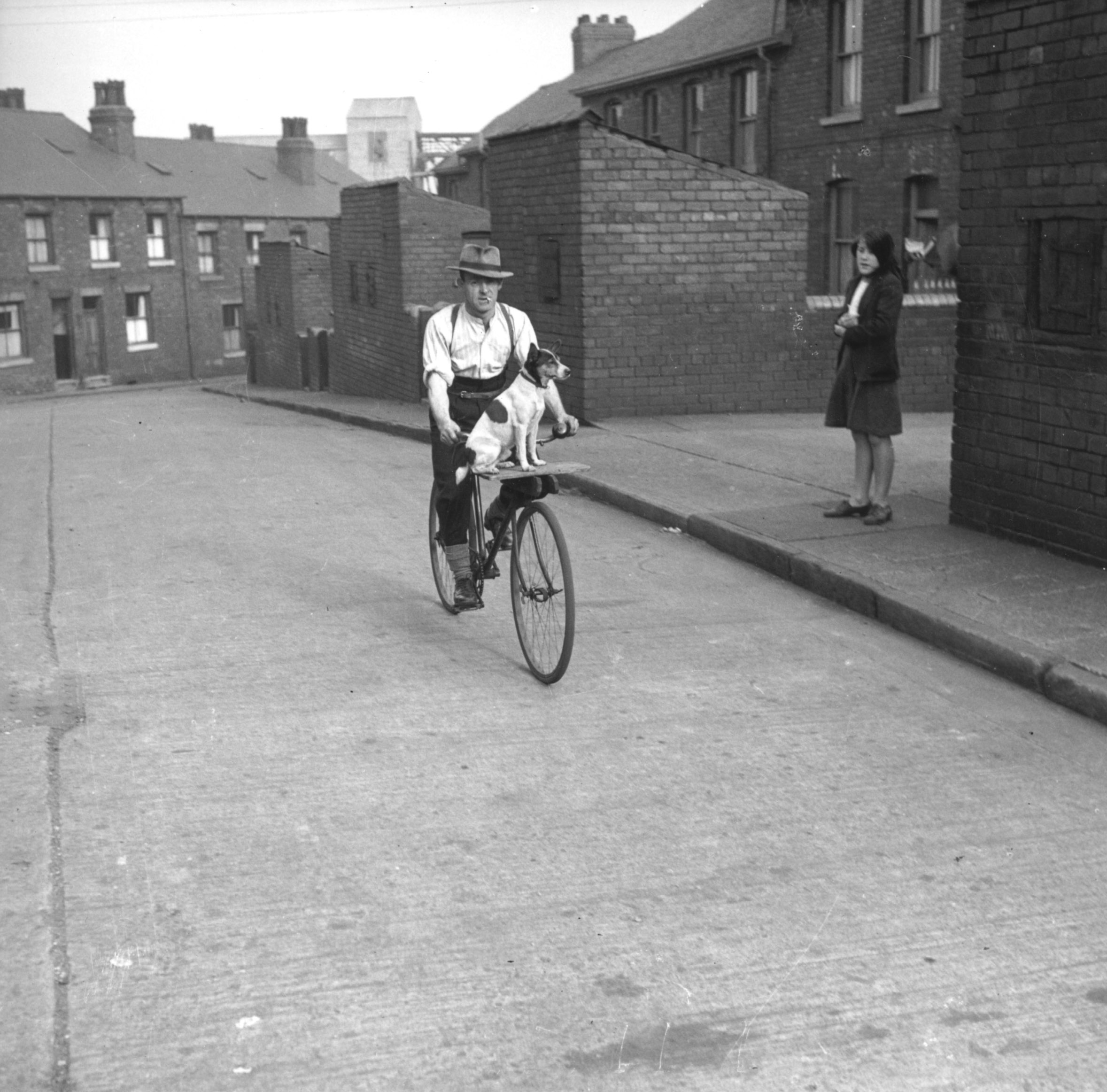
George Wagstaff and his dog. Courtesy of Wakefield Council
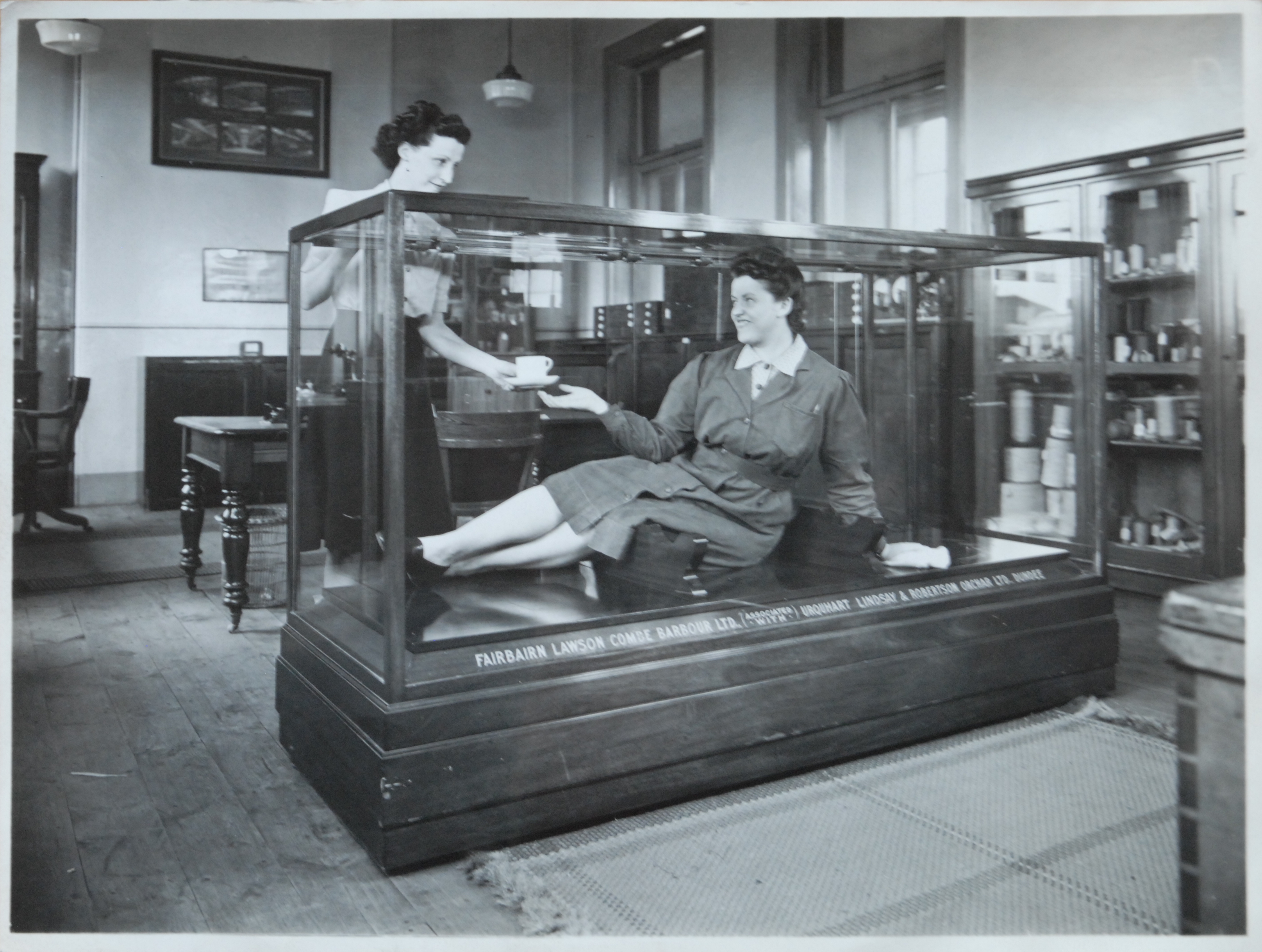
Fairburn Lawson Combe Barbour Ltd, 1940s. Courtesy of Leeds Museums and Galleries (Leeds Industiral Museum)
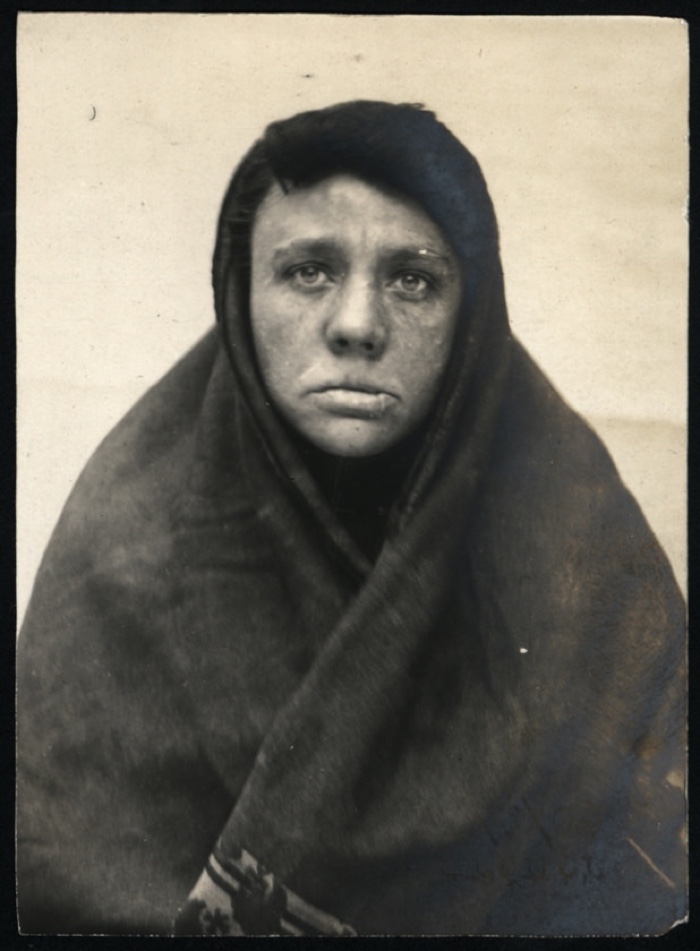
Name: Eleanor Gardner
Arrested for: not given
Arrested at: North Shields Police Station
Arrested on: 19 February 1909
Photo Tyne and Wear Archives
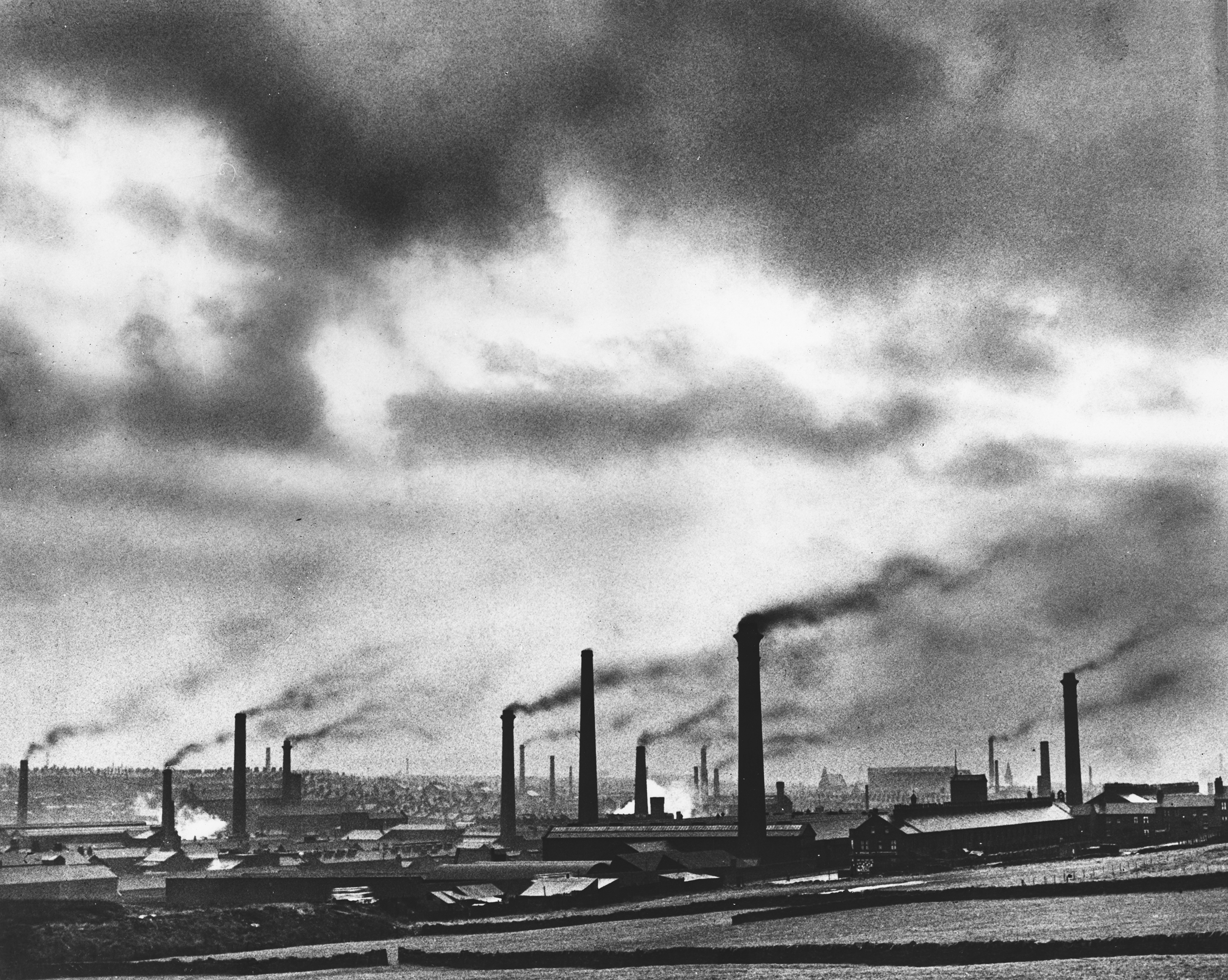
Smoking chimneys, 1950s. Courtesy of Museums and Galleries, City of Bradford MDC
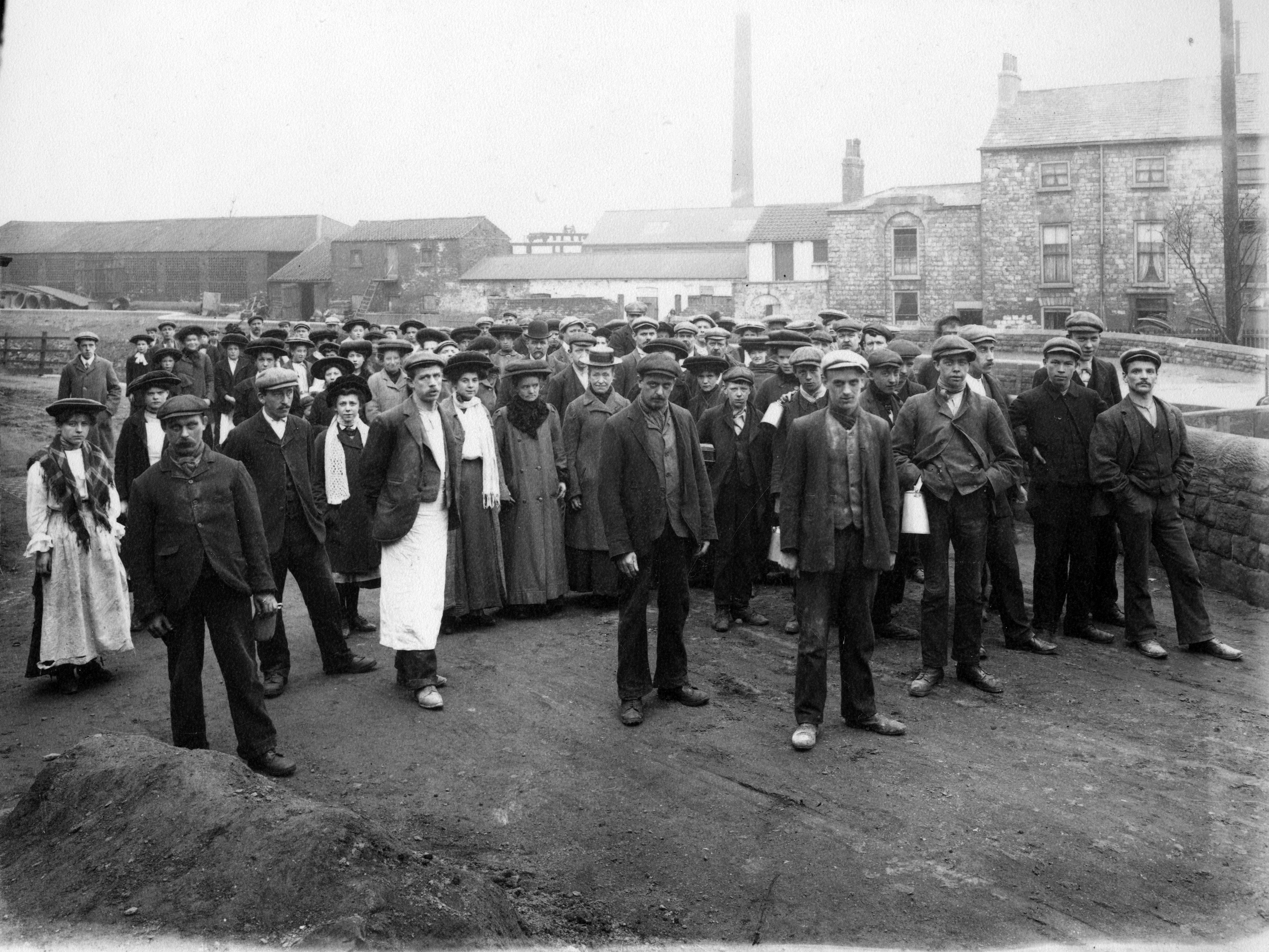
Victoria Mustard workers, 1880s. Courtesy of Doncaster Heritage Services
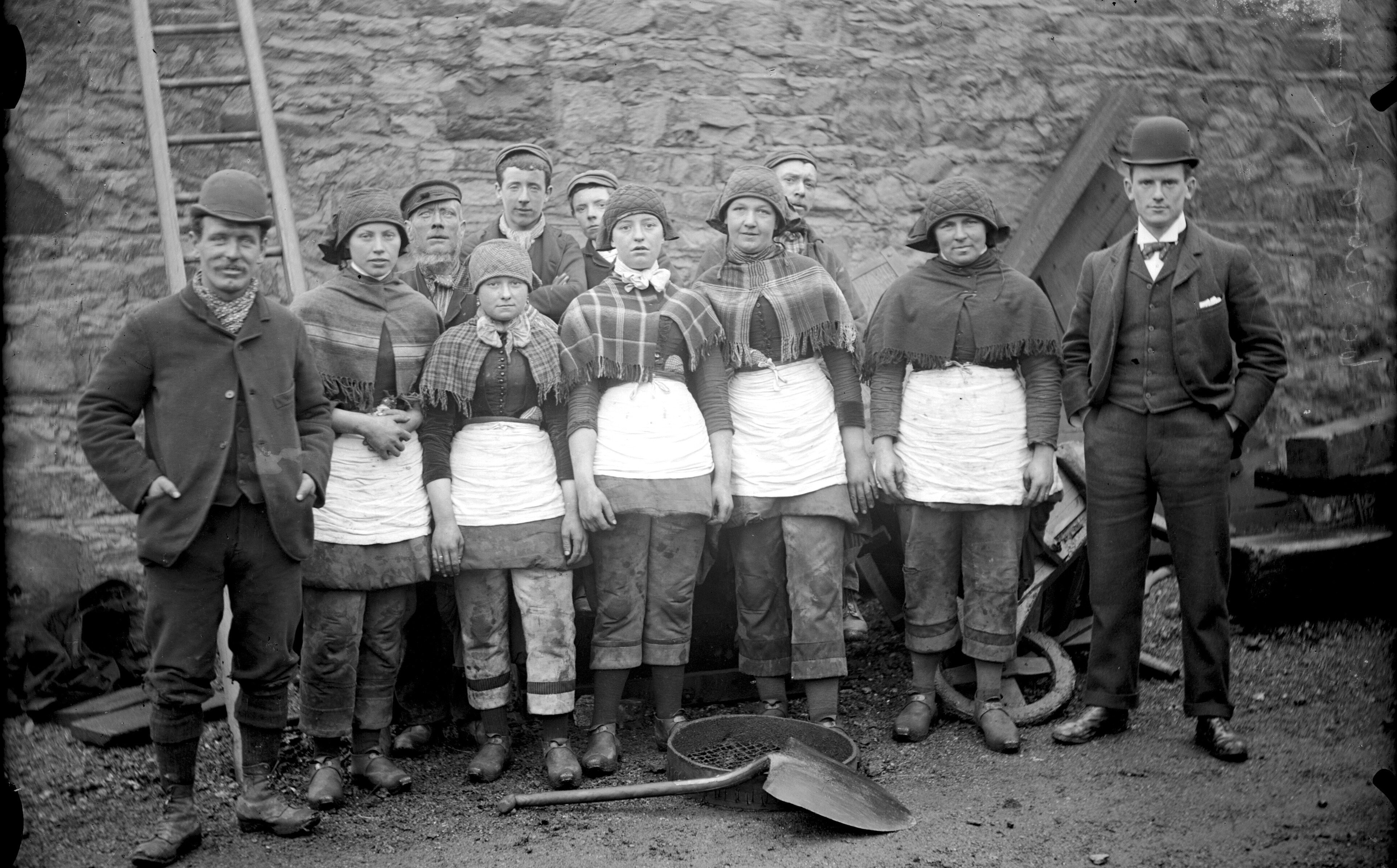
Wigan pit brow lasses, 1880s. Courtesty of Chetham’s Library
“Some of the early photo examples you get are of what you might call the exotic worker. Victorian gentlemen would collect these,” Beesley explains. “When they outlawed women and children working in mines there was an exception in the Lancashire coalfields, where women were allowed to work on the surface at pits, being known as pit-brow lassies.
The Victorian gentlemen had a little bit of a fascination with these working women and commissioned photographers to take portraits of them.”
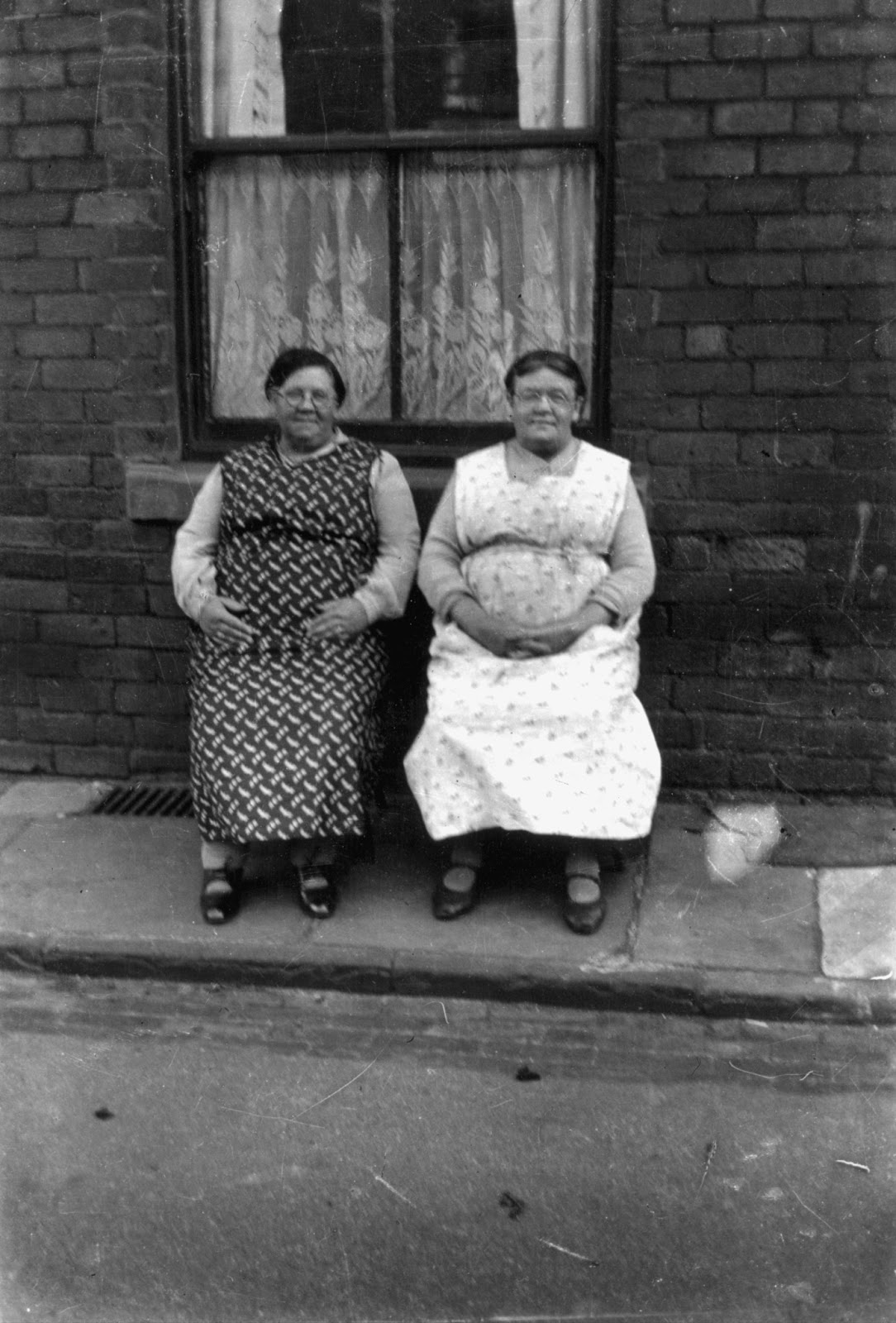
Jack Hulme, Fanny Morgan and her sister, Fryston. Photo Wakefield Council
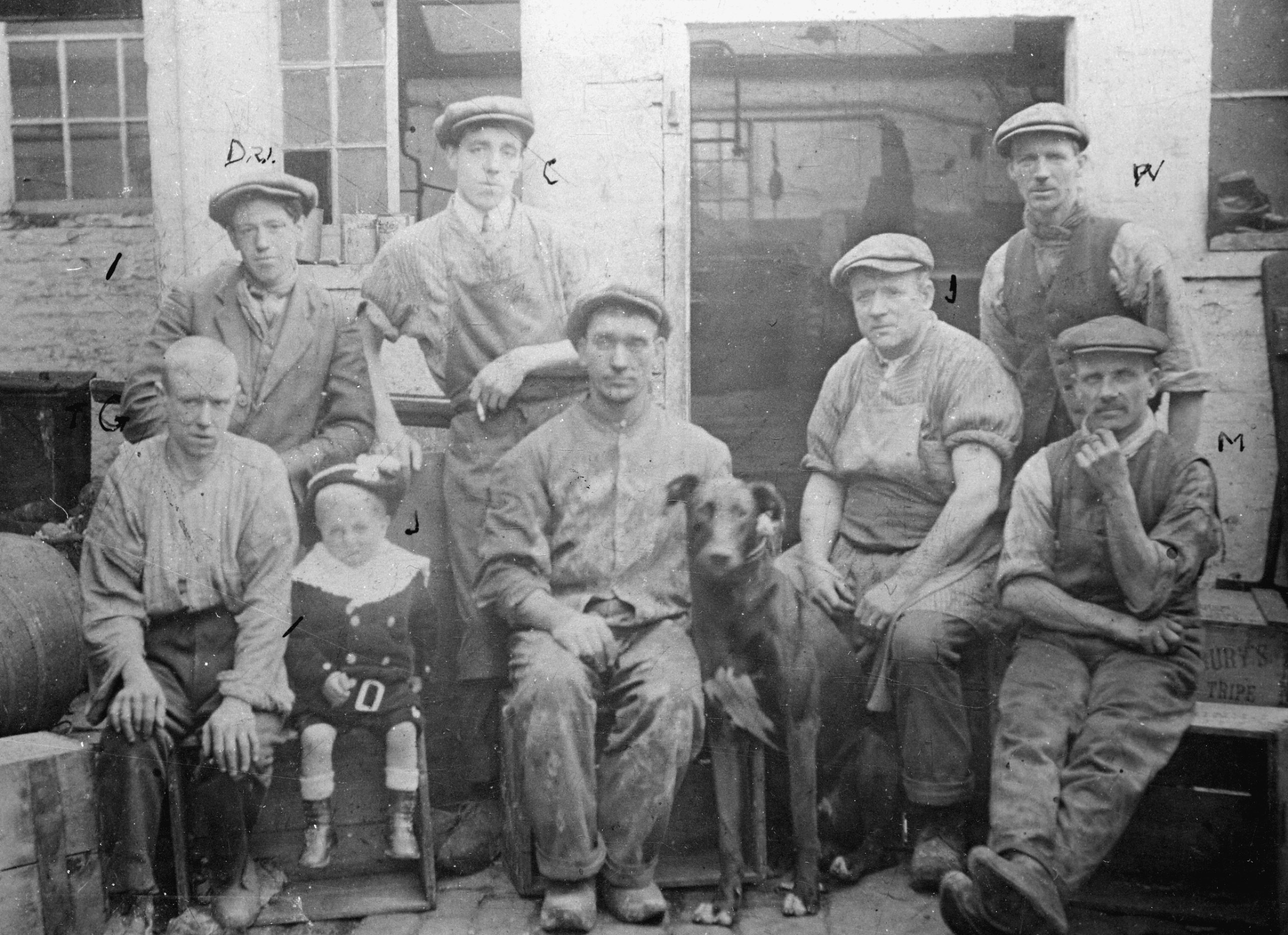
Pendlebury tripe workers, 1890s. Courtesy of Manchester Libraries, Information and Archives, Manchester City Council
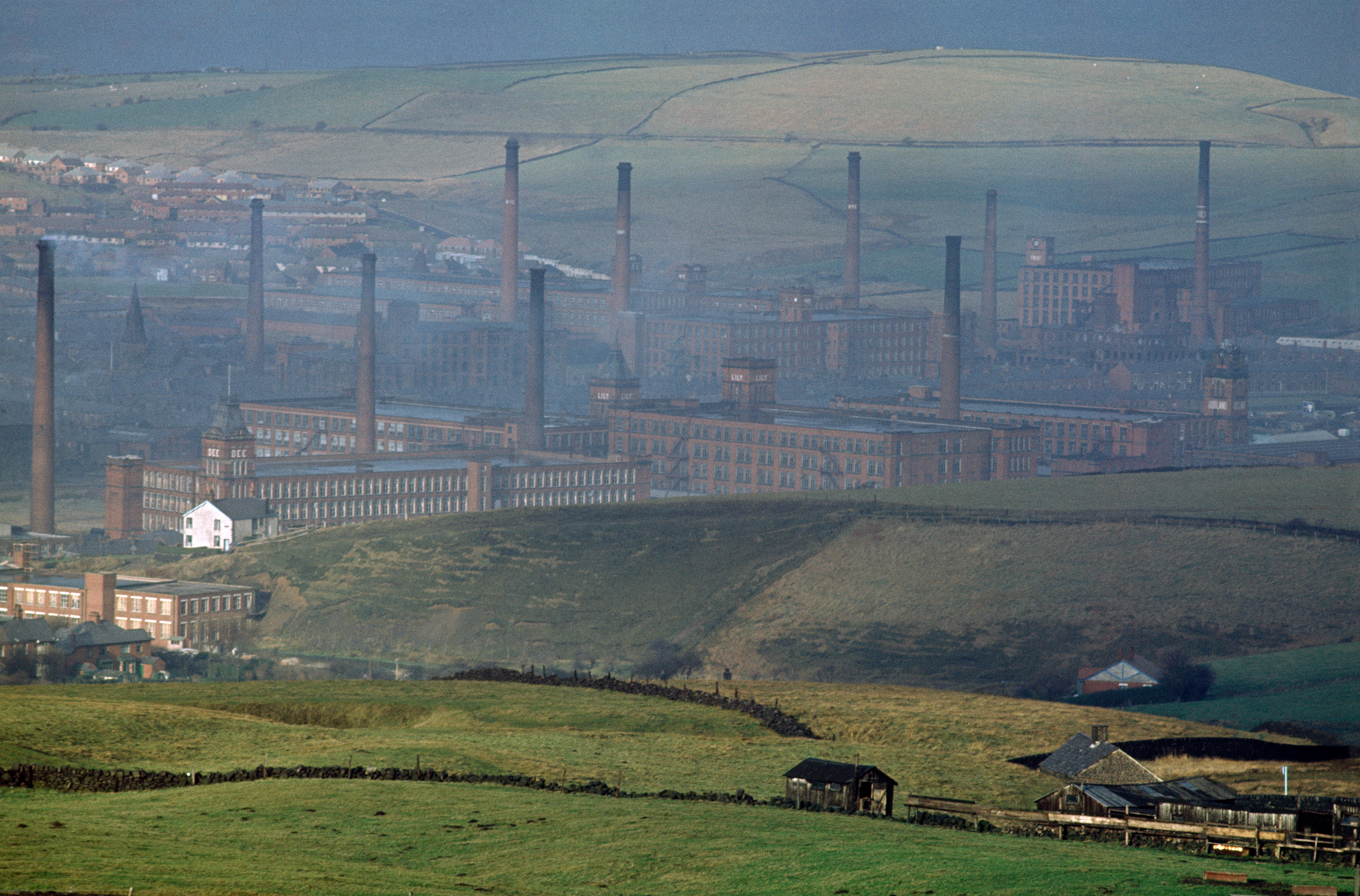
Mills, Oldham, 1965. Courtesy of John Bulmer
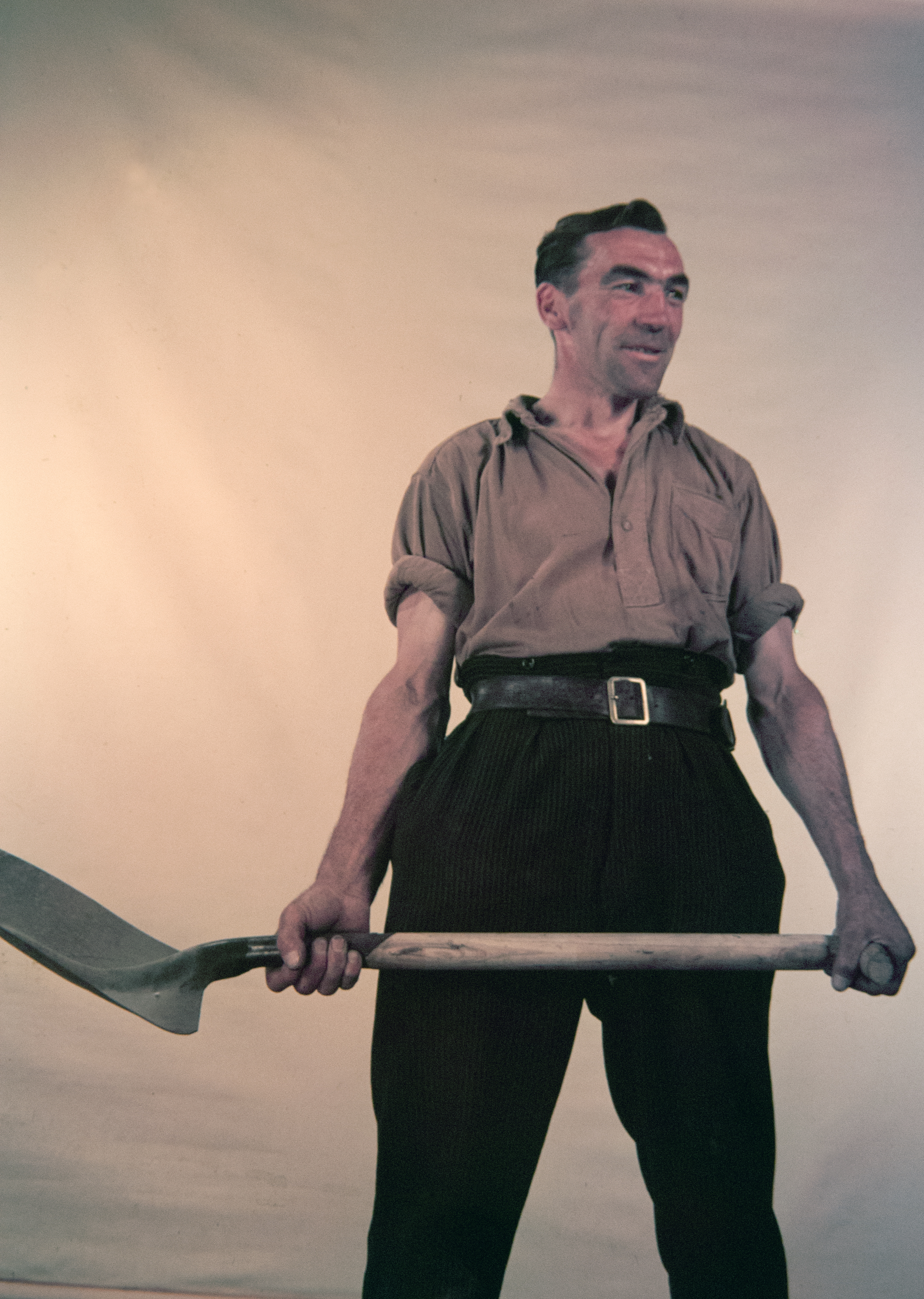
Labourer, 1950. Courtesy of People’s History Museum
The image above was commissioned by the Labour Party to appear on a 1950 election poster. The photo celebrates Britain’s industrial force at a time when they had a huge electoral power. The photo illustrates the ‘Heroic Realism’ genre, a style of propaganda art that emerged in the Soviet Union and Germany in the 1930s. The visual style was later adopted by Western democracies. In Britain it continued throughout the 1950s in the rebuilding and reimagining of industry after WWII.
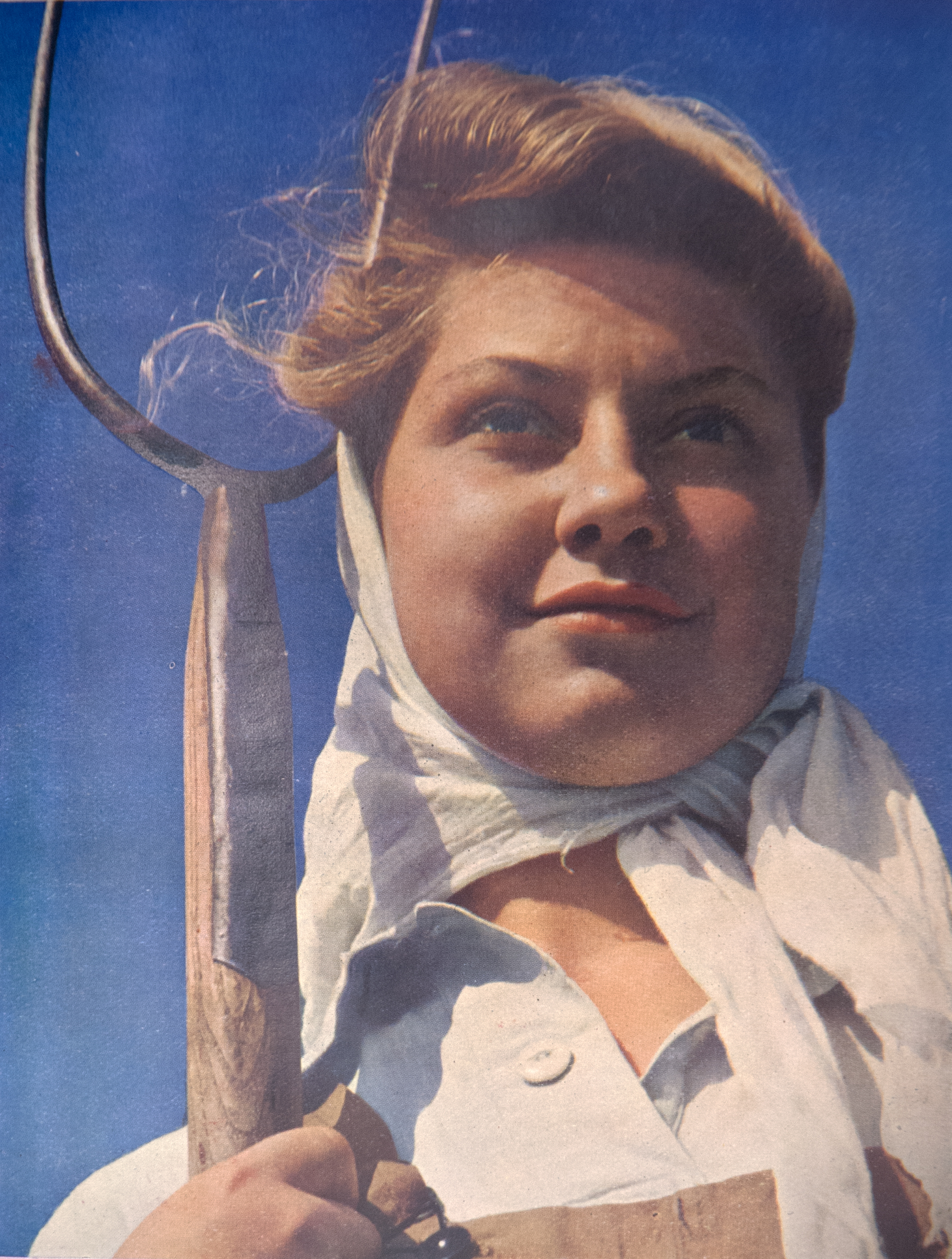
Land girl, 1940-1945. Courtesy of P G Hennell
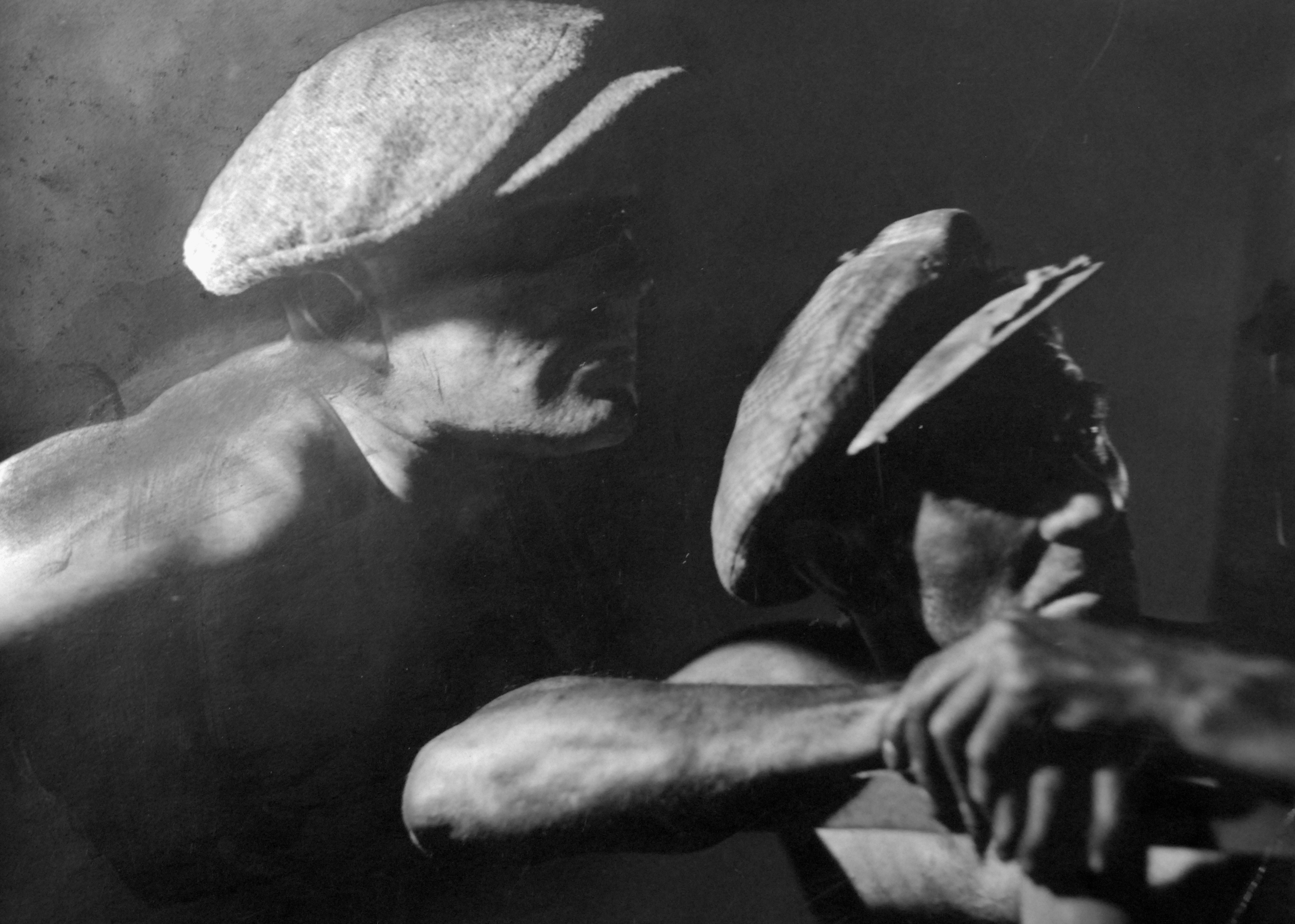
Study of two miners’ heads. Courtesy of People’s History Museum
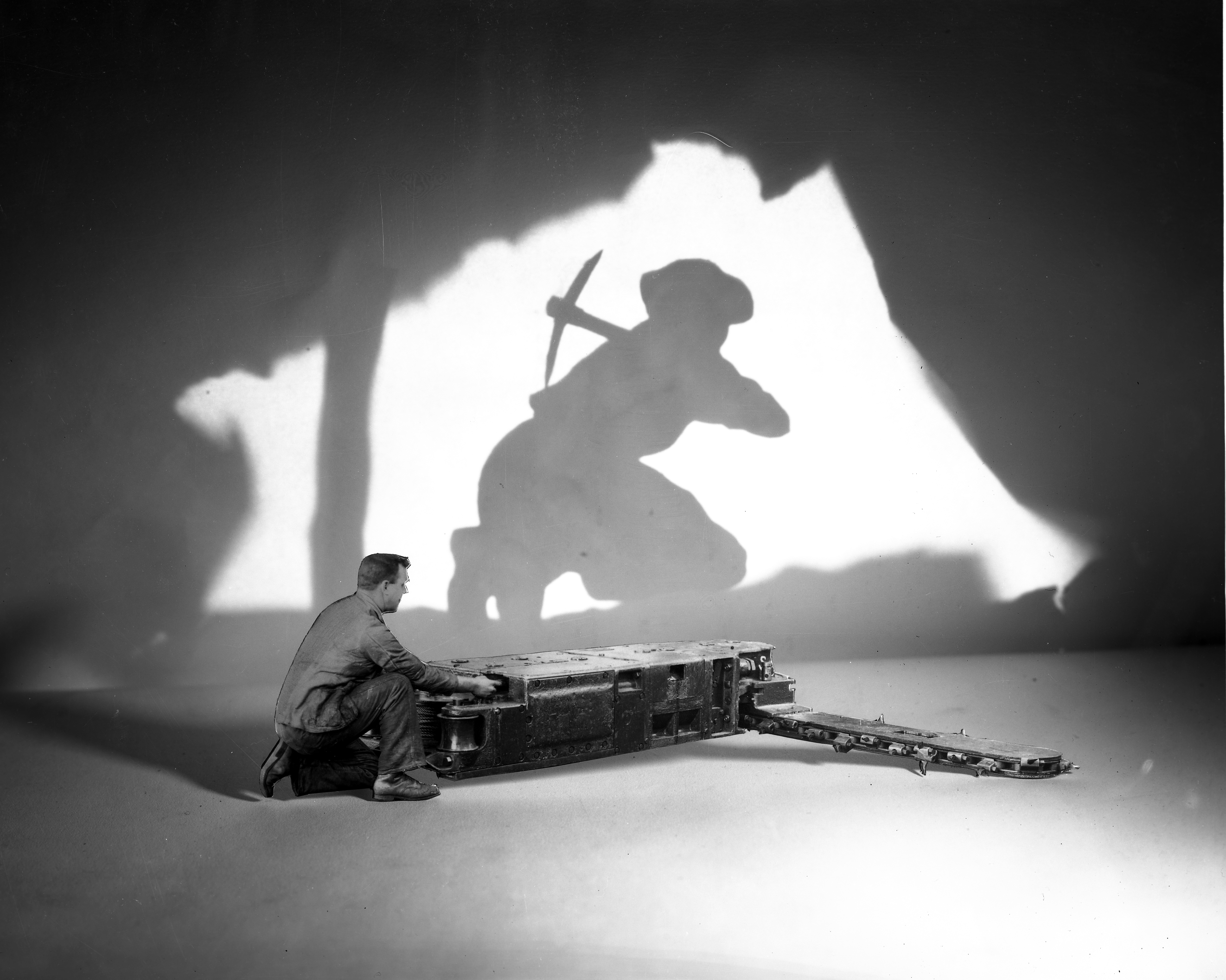
Coal cutter. Courtesy of the National Coal Mining Museum for England
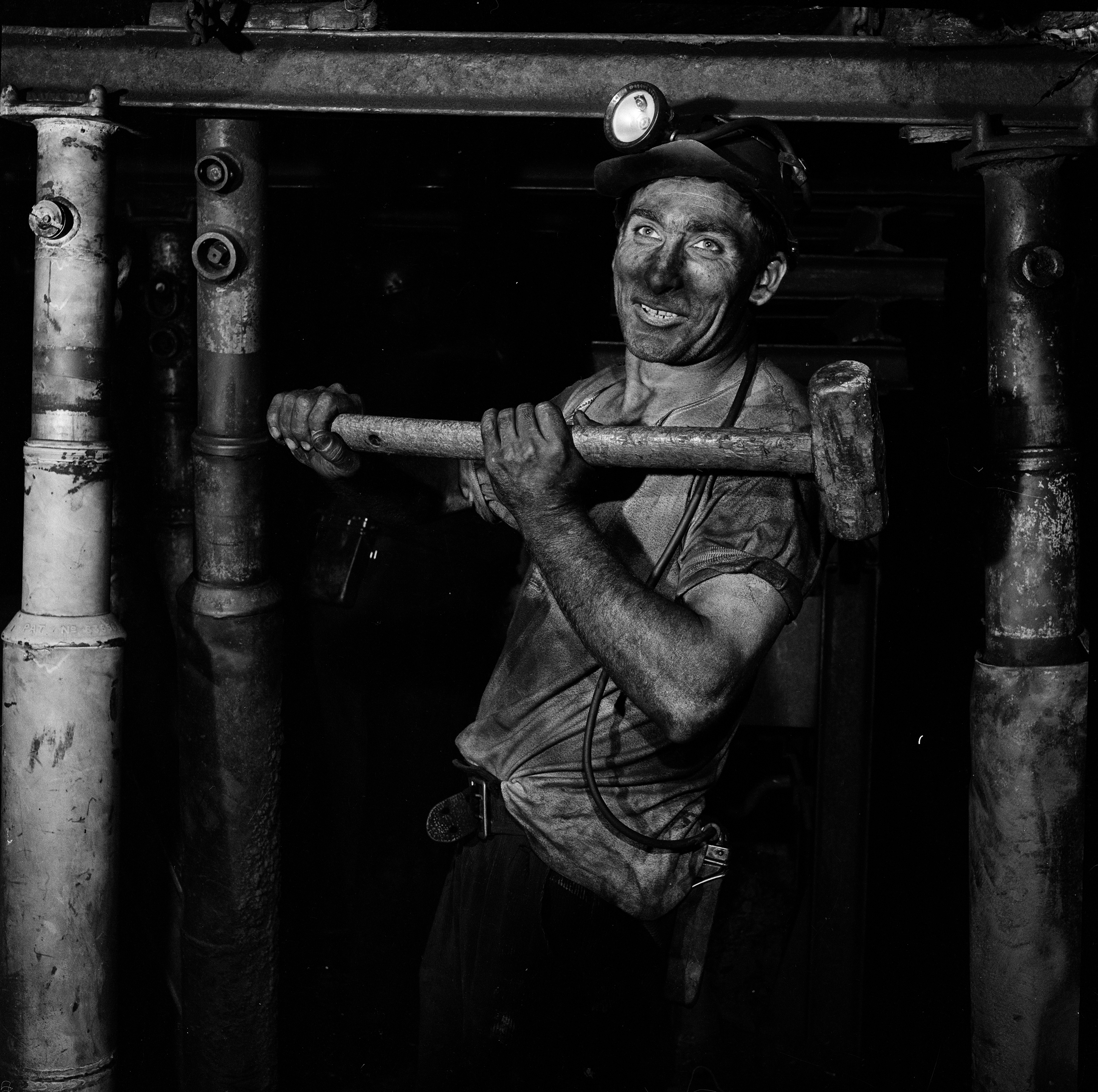
Miner, 1950s. Courtesy of the National Coal Mining Museum for England
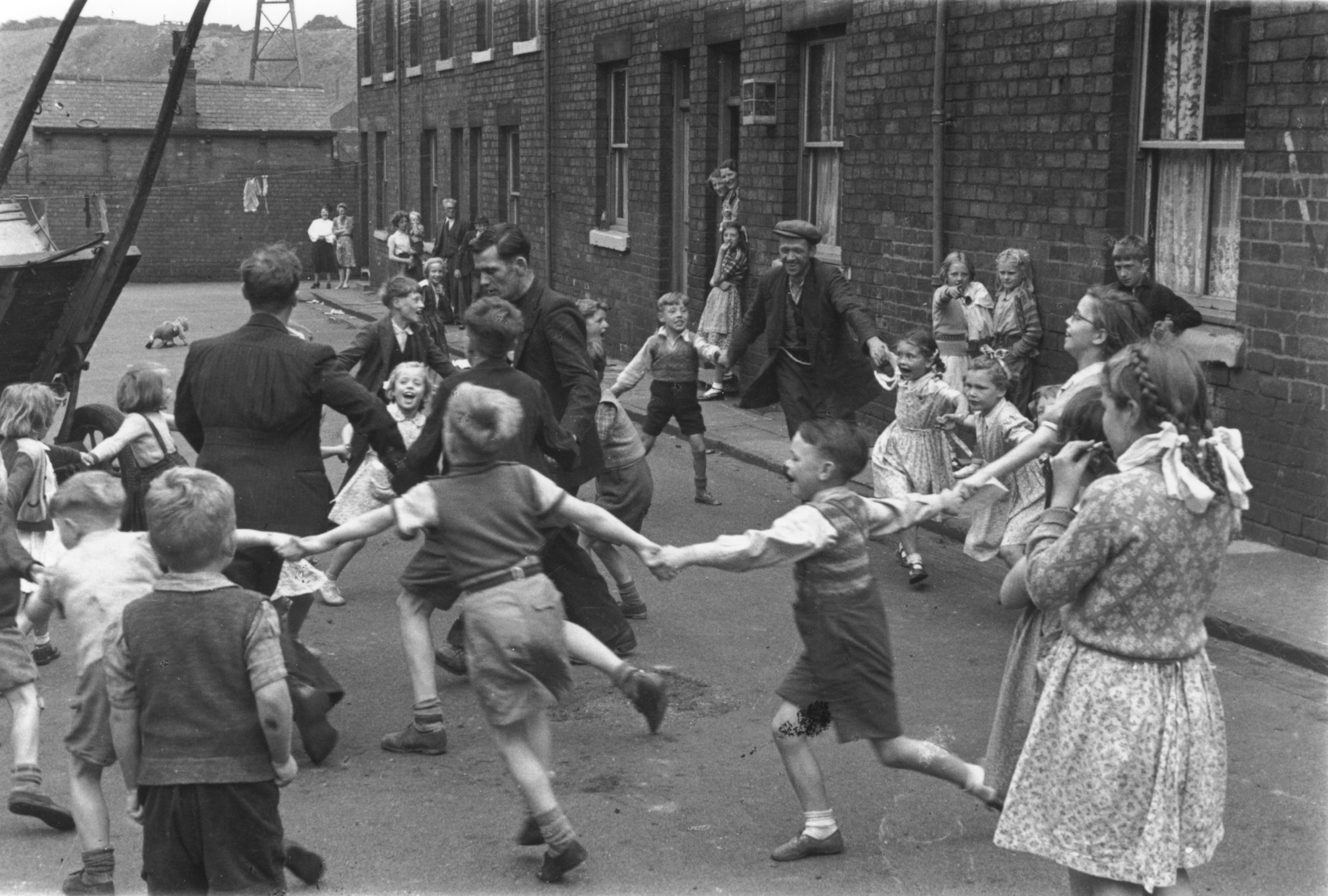
Miners playing with their children, Fryston, 1940s. Courtesy of Wakefield Council
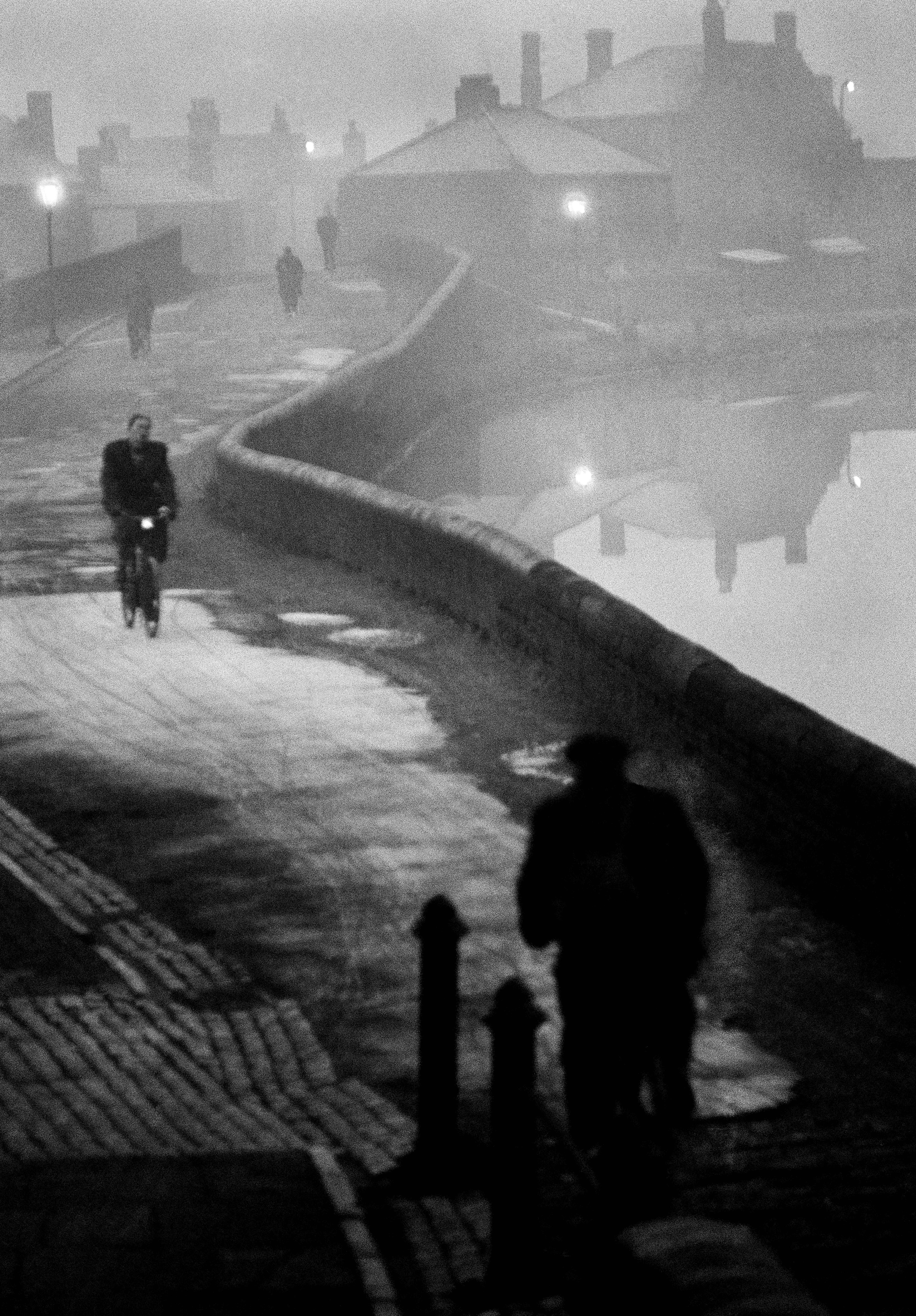
The Black Country, 1961. Courtesy of John Bulmer
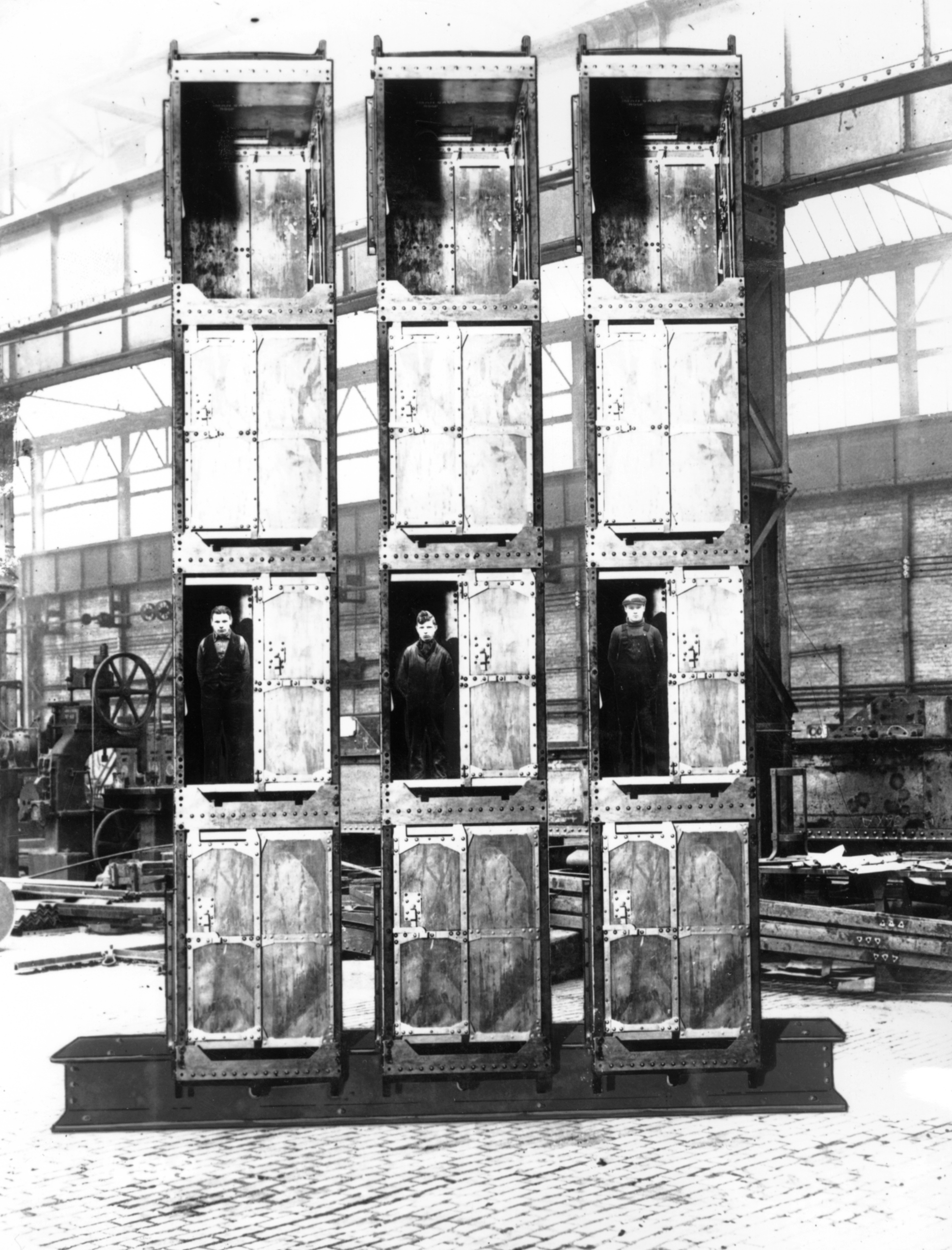
Man cages made by Vickers Armstrong, 1936. Courtesy of Tyne and Wear Archives and Museums
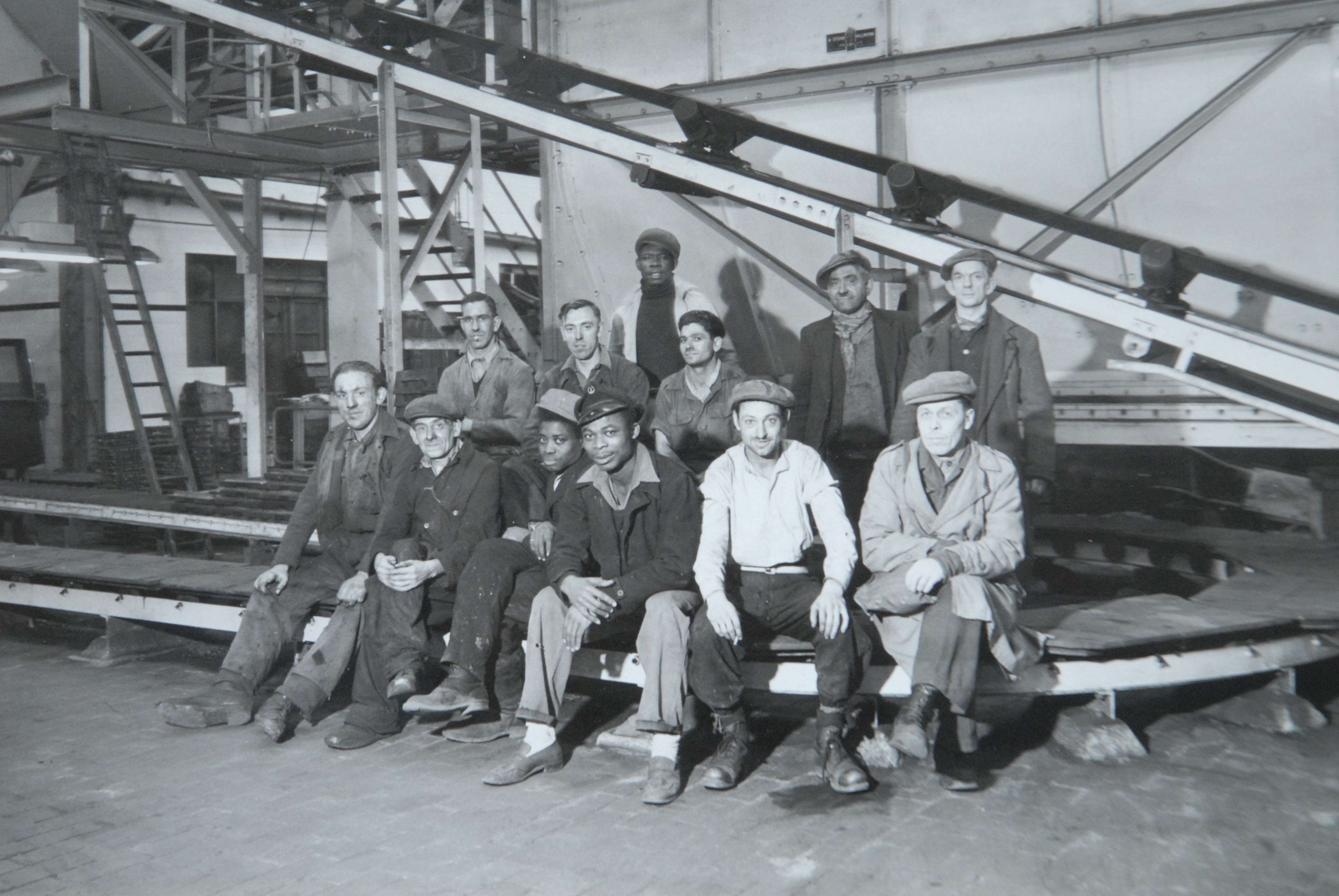
Blakey’s, 1950s. Courtesy of Leeds Museums and Galleries (Leeds Industrial Museum)
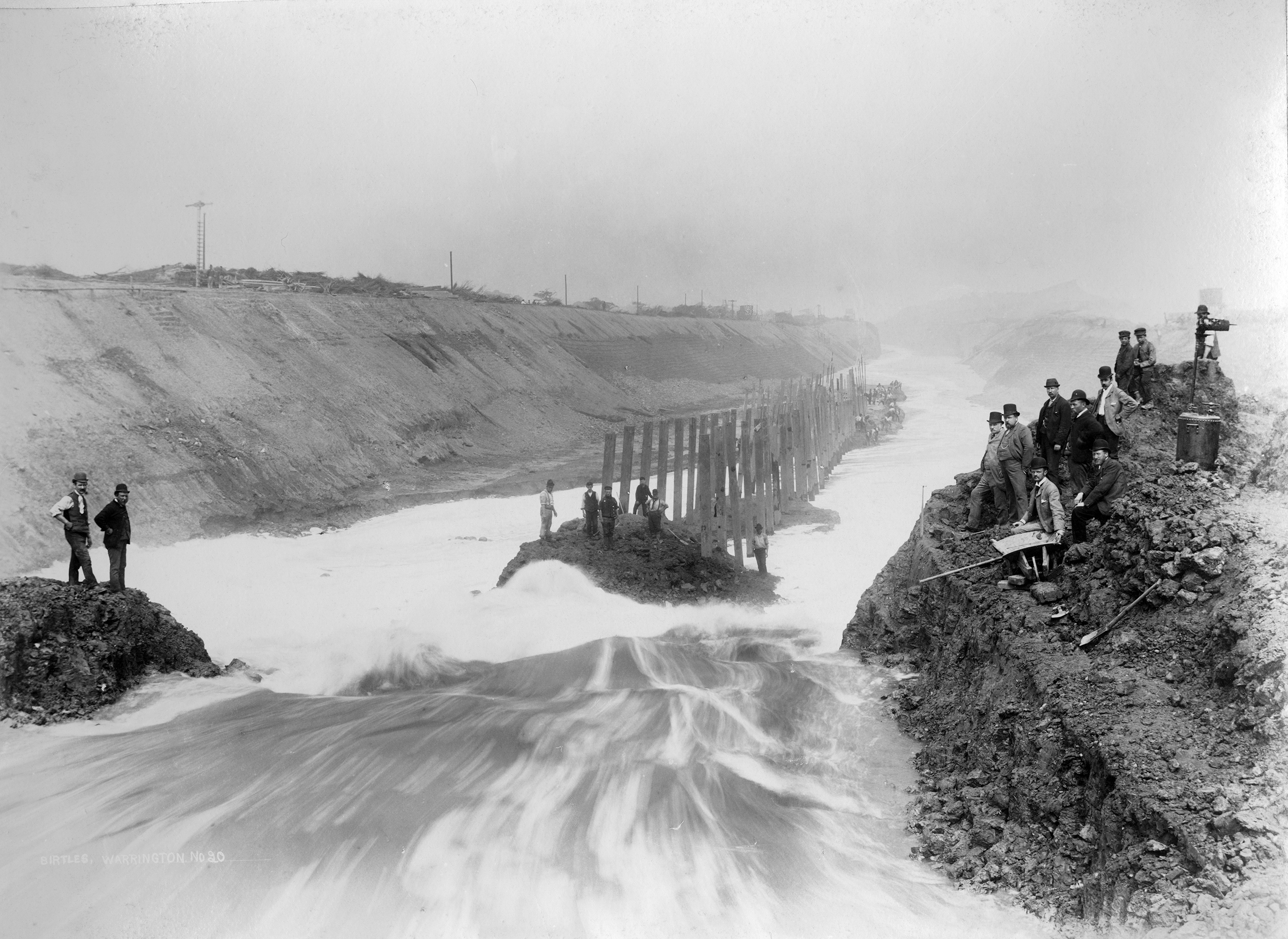
Building of the Manchester Ship Canal, 1887-1893. Courtesy of Chetham’s Library
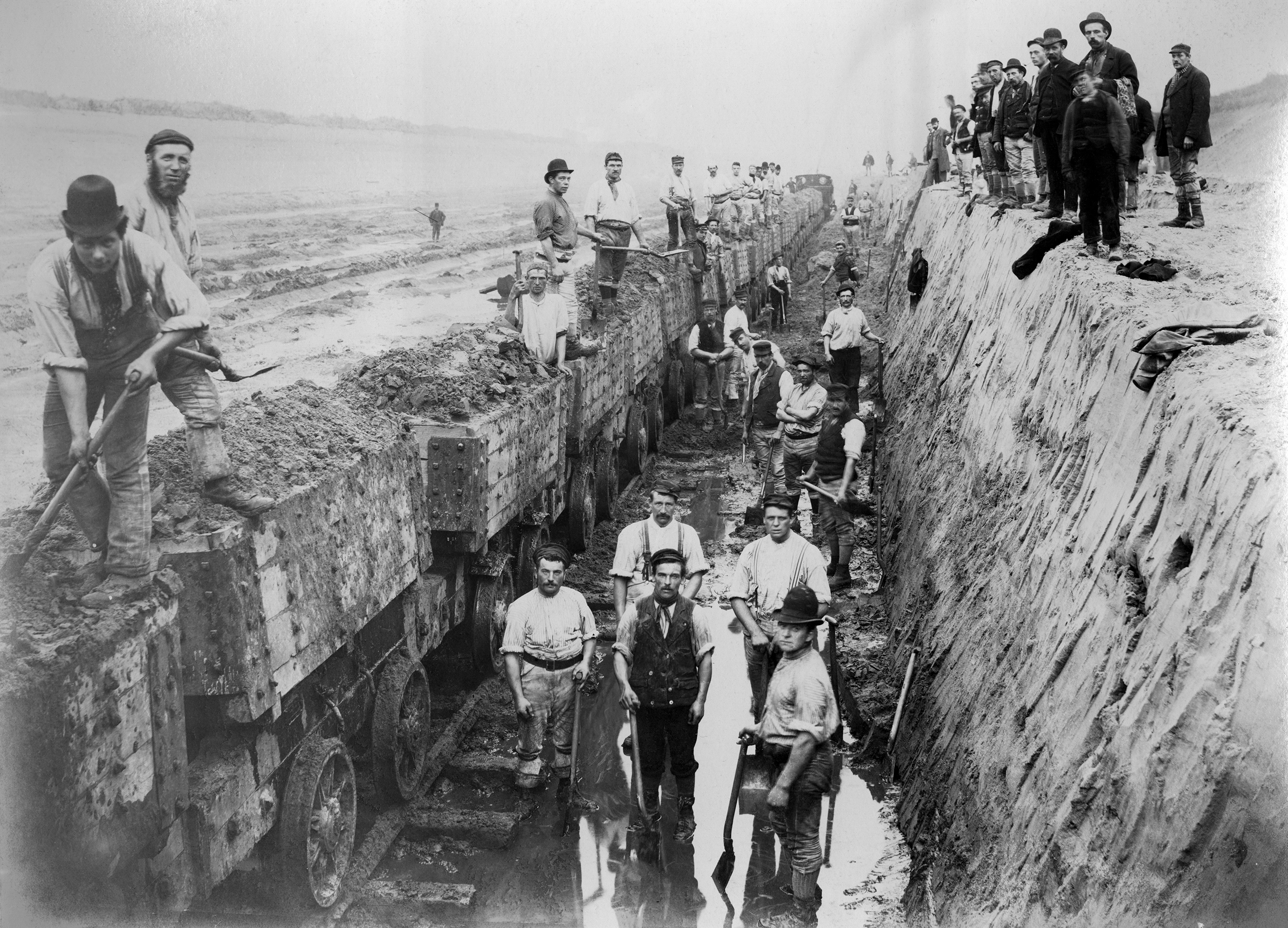
Building of the Manchester Ship Canal, 1887-1893. Courtesy of Chetham’s Library
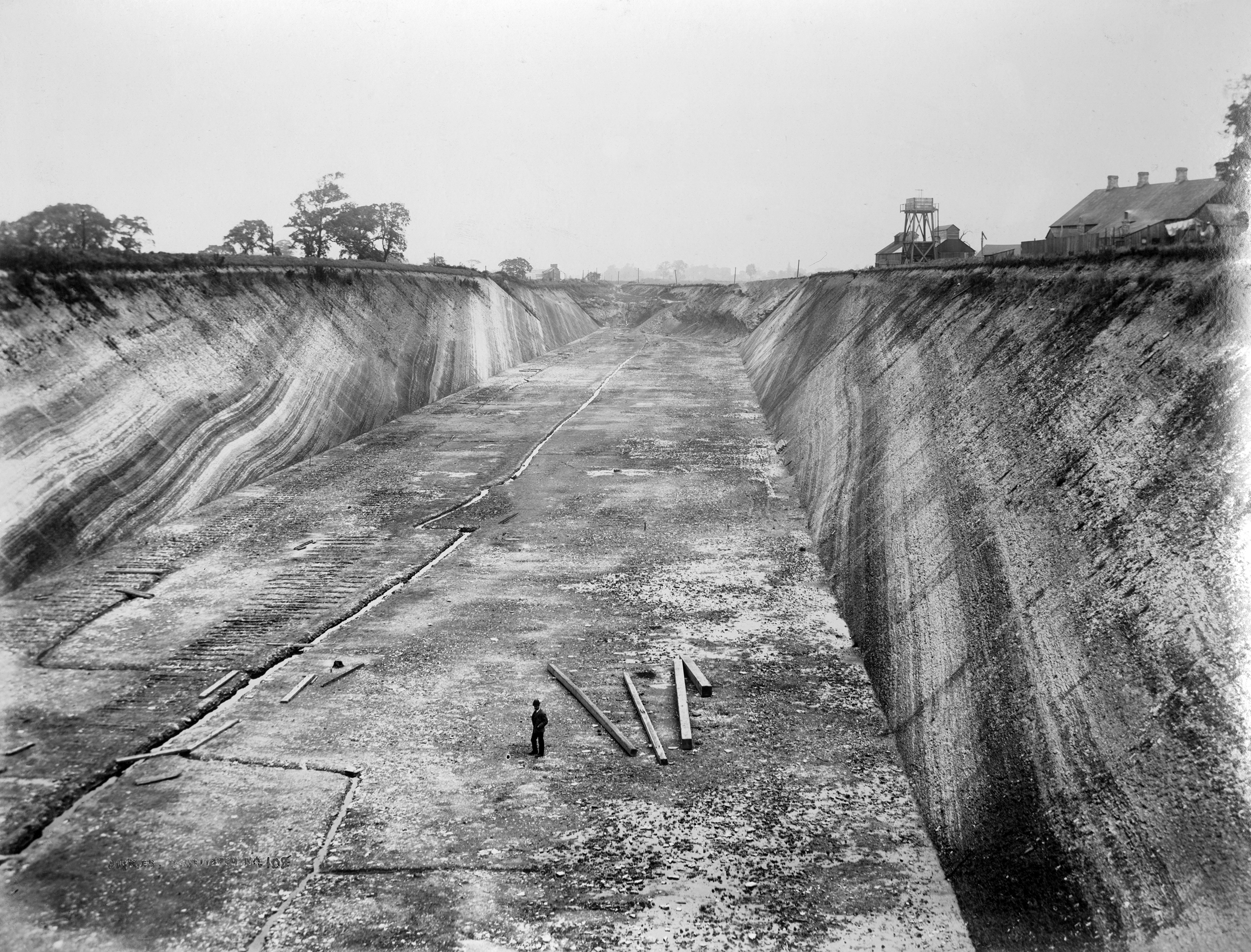
Building of the Manchester Ship Canal, 1887-1893. Courtesy of Chetham’s Library
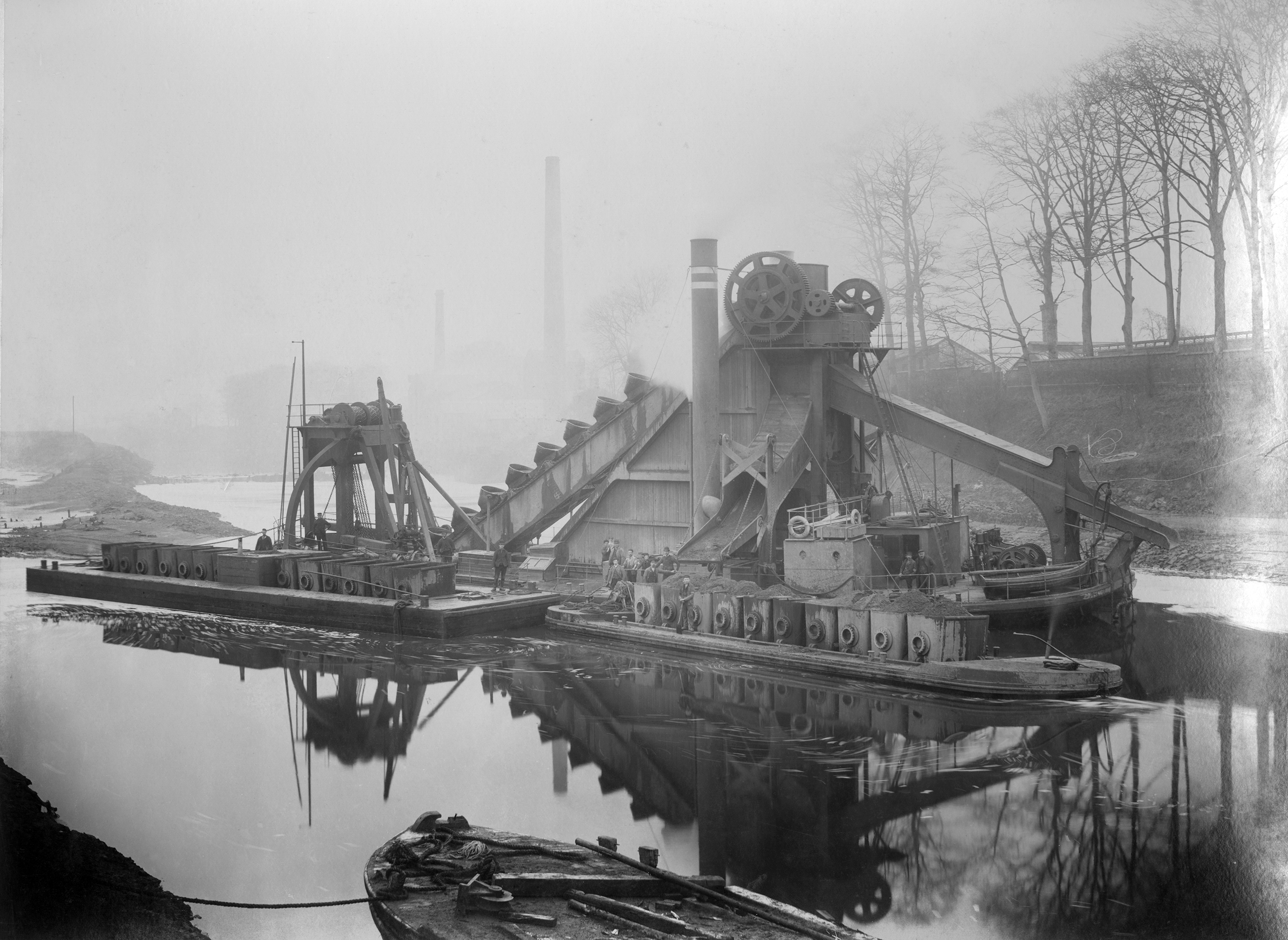
Building of the Manchester Ship Canal, 1887-1893. Courtesy of Chetham’s Library
Grafters: Industrial Society in Image and Word runs at the People’s History Museum, in Manchester, until 14 August 2016.
Check out also this interview with Ian Beesley in Culture24: Grafters: Visions and Voices of Industrial Society offers amazing photos from the past at Manchester’s People’s History Museum.
Related story: For Ever Amber, ennobling working class and marginalized communities.

